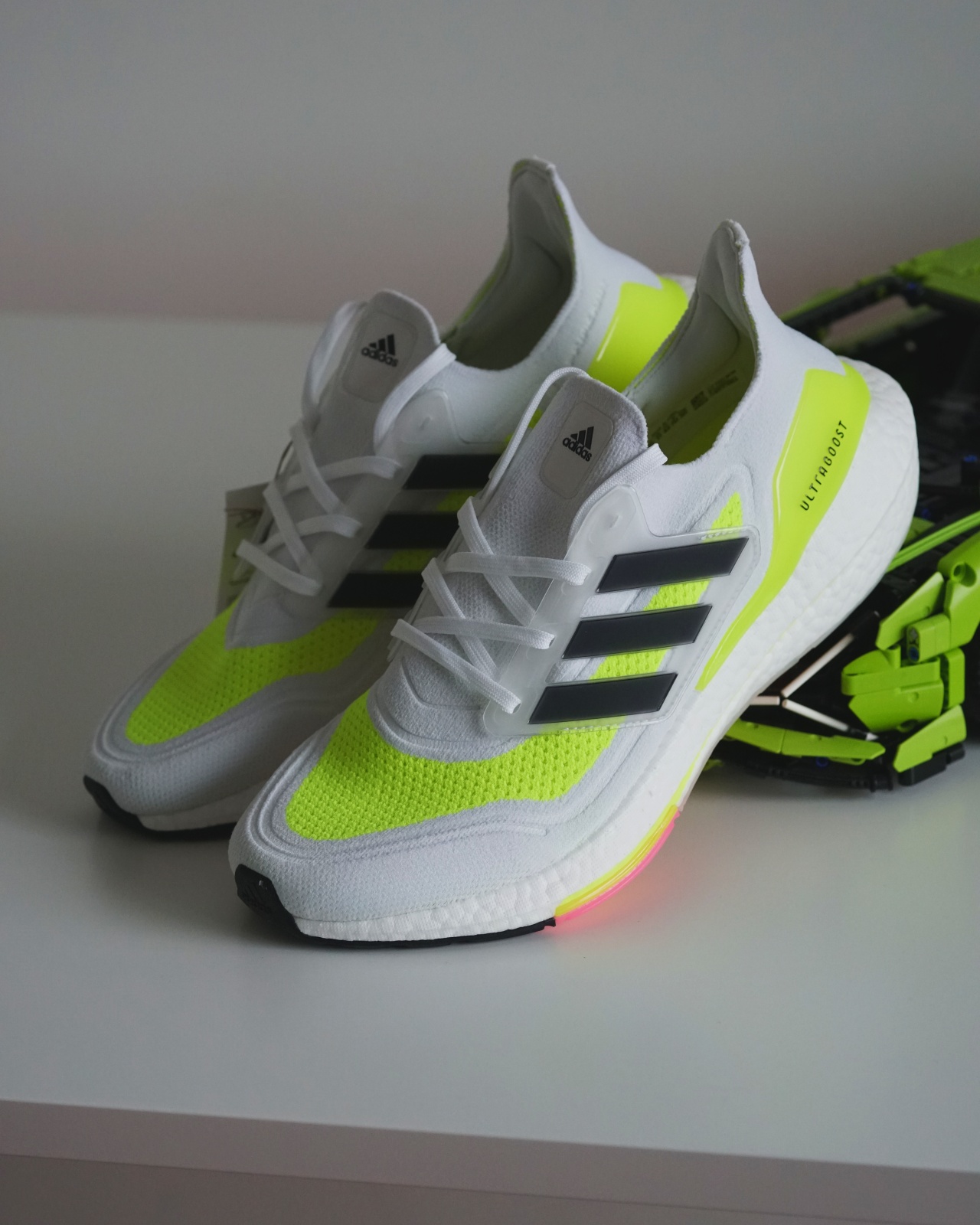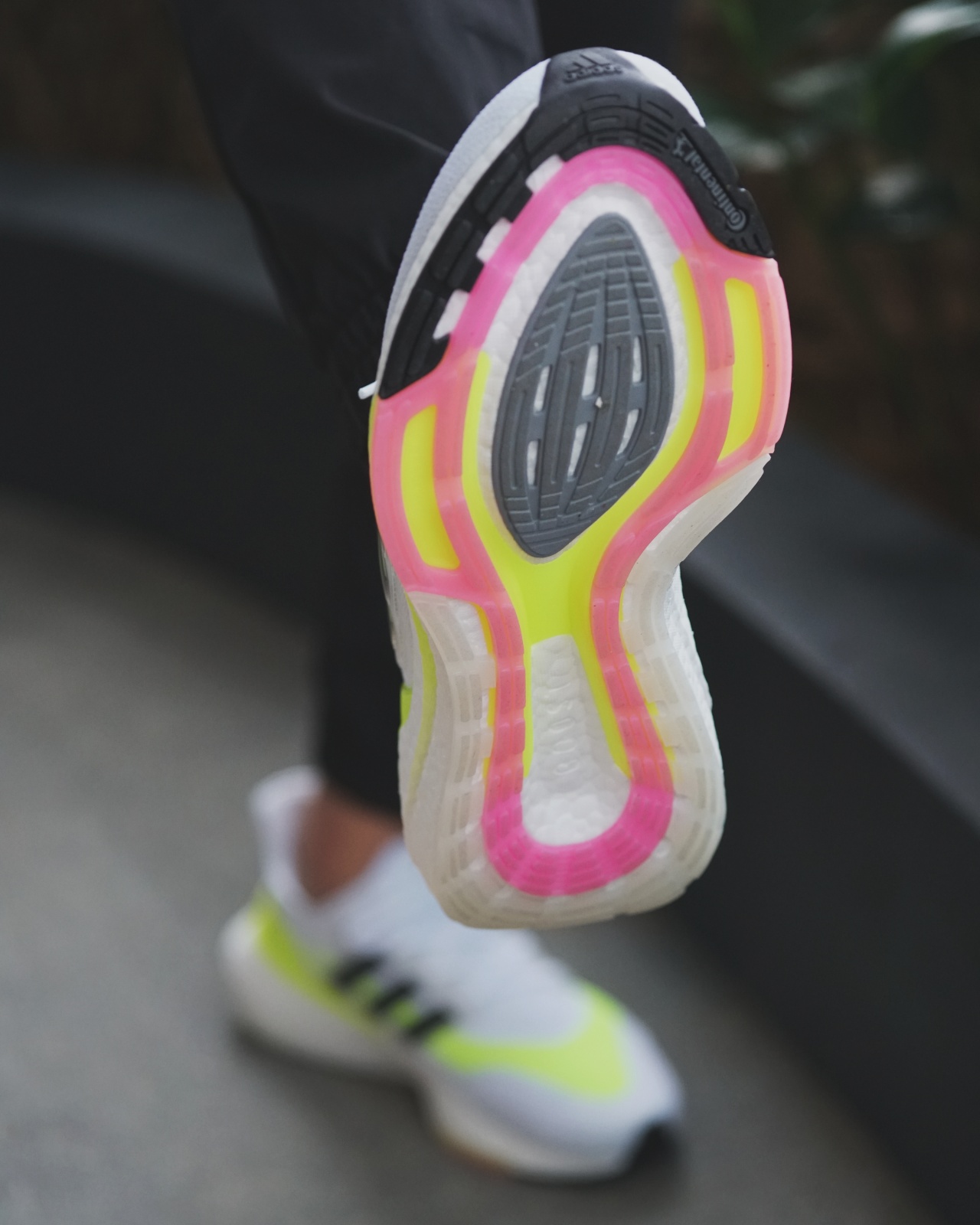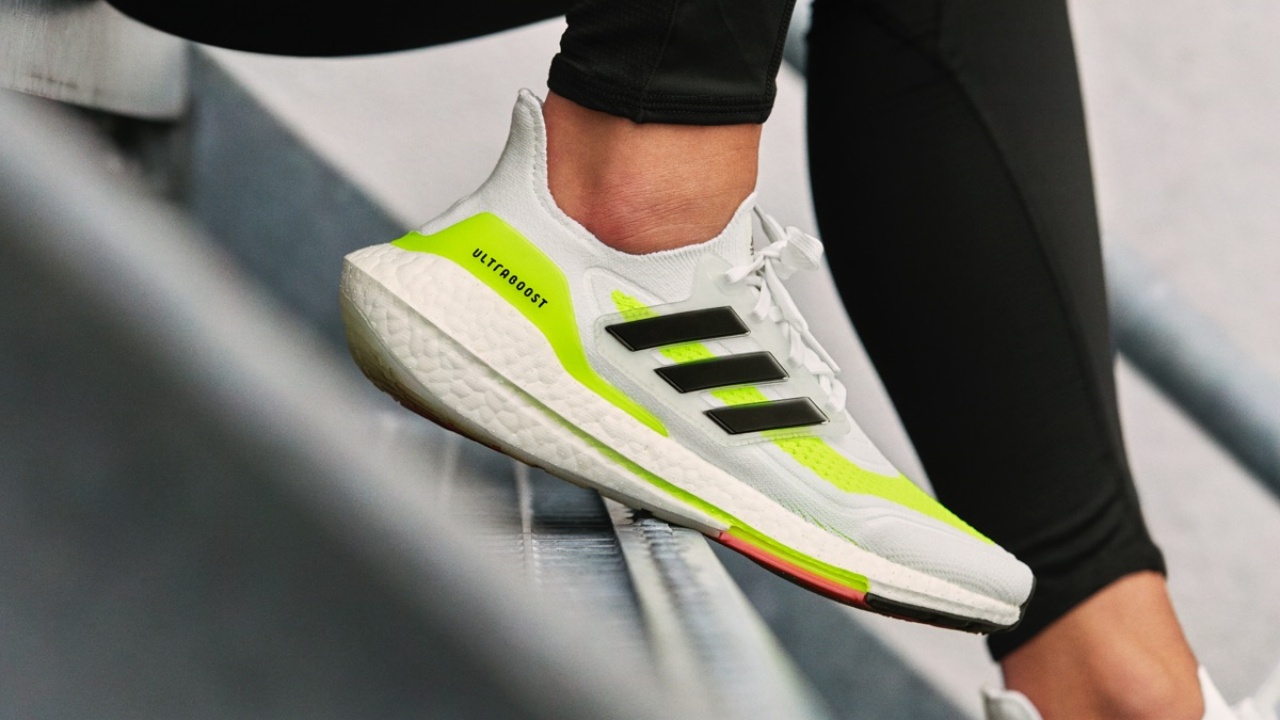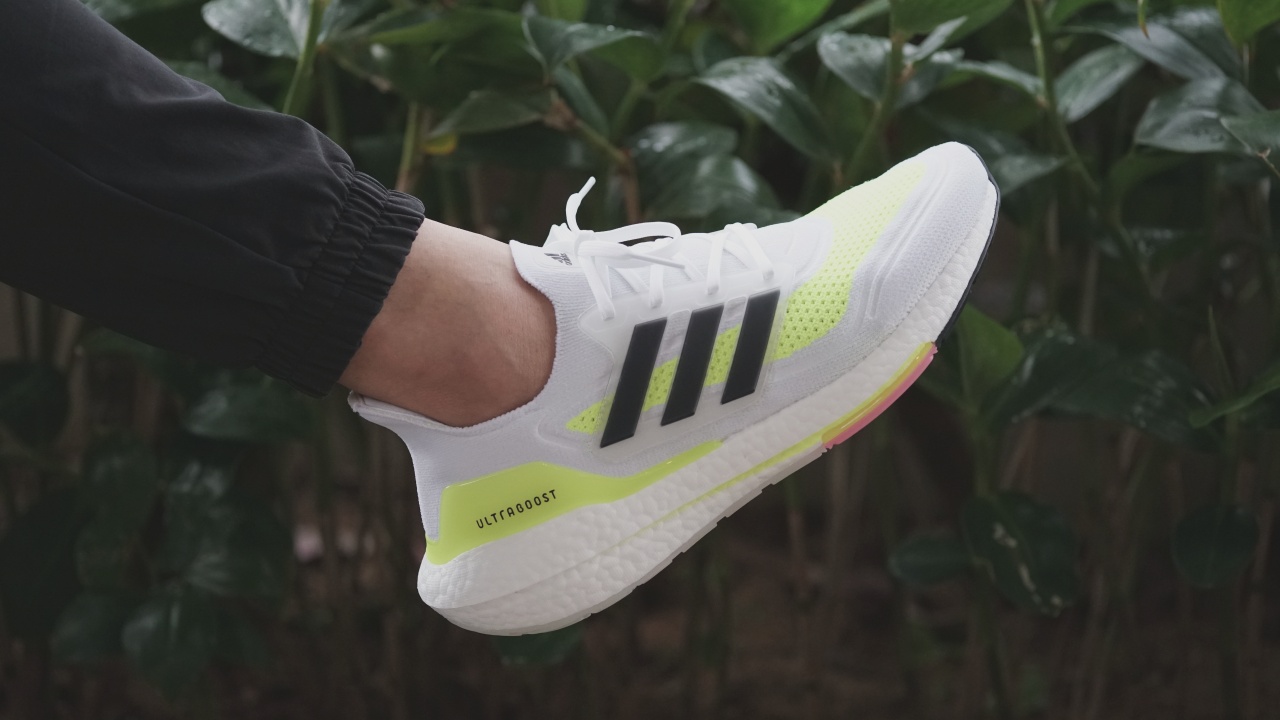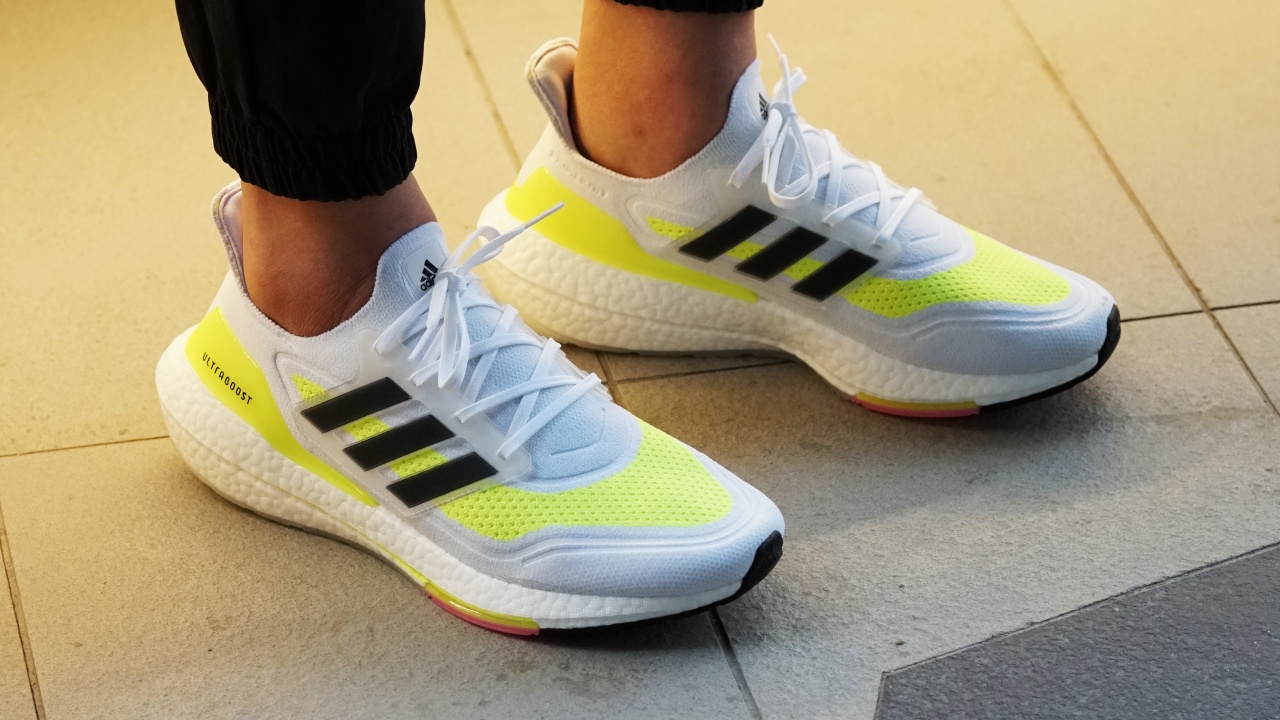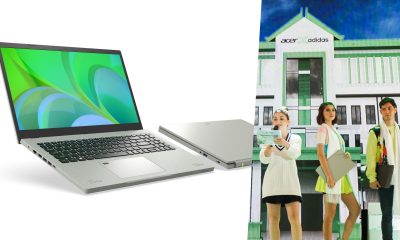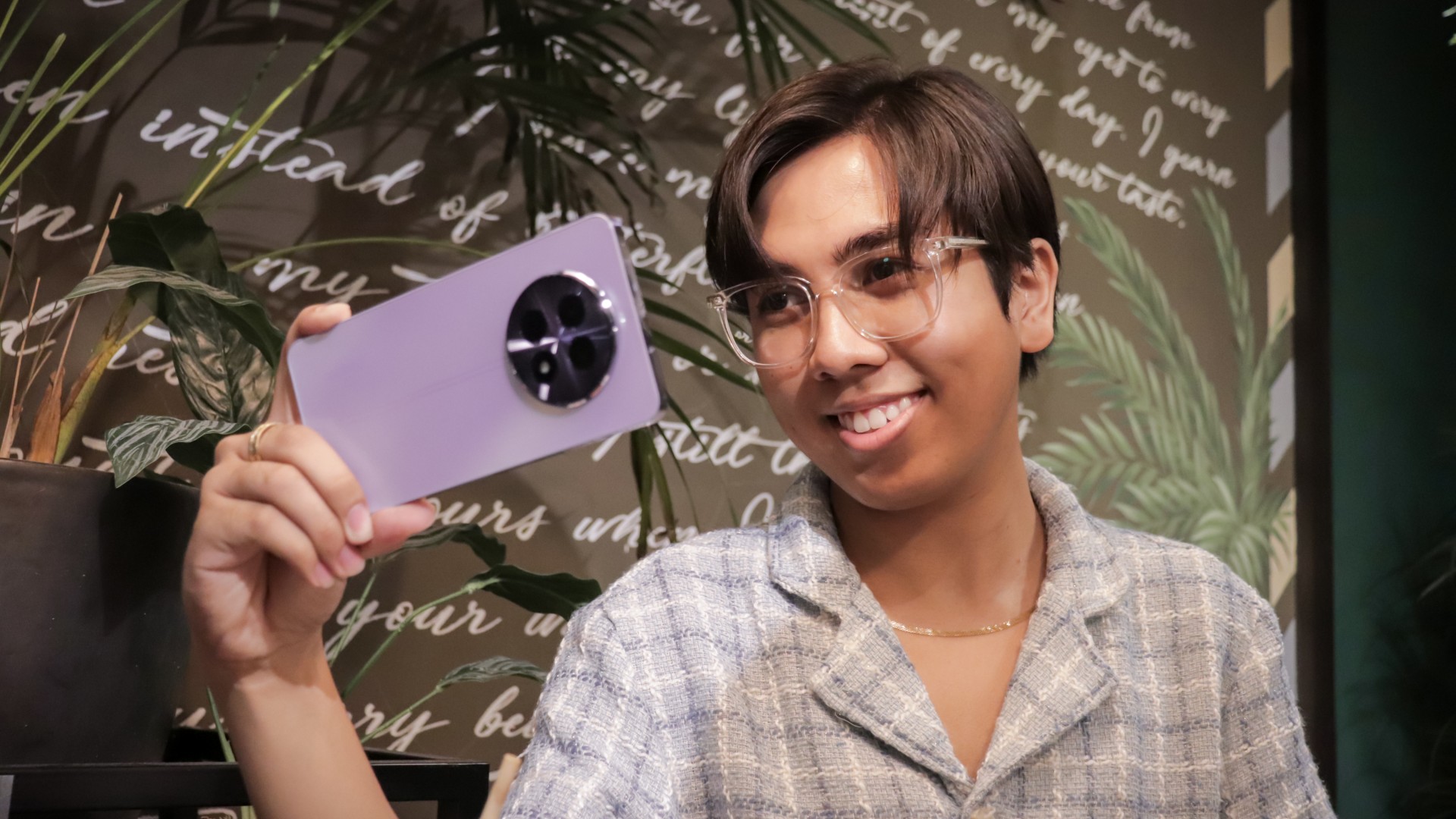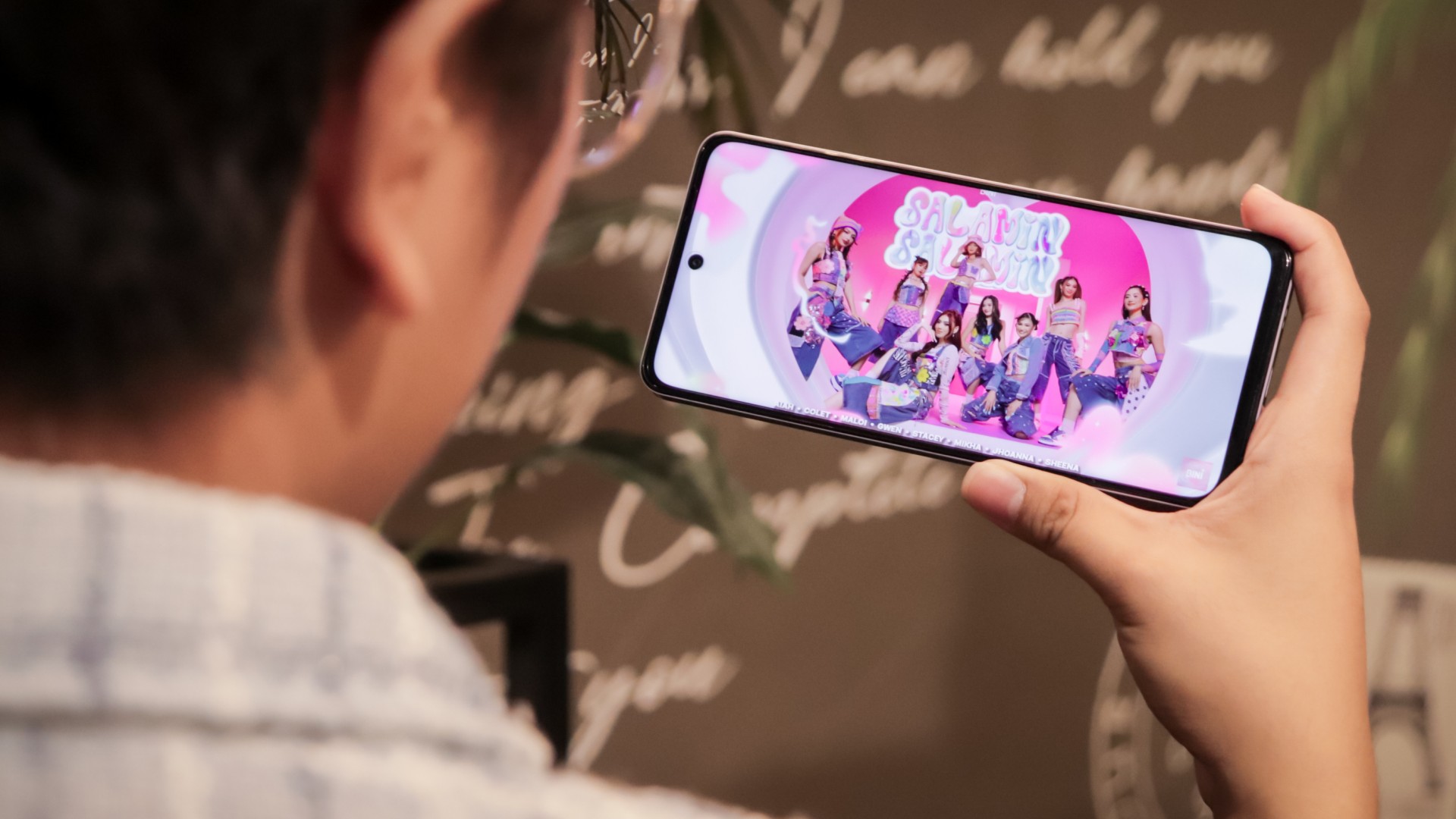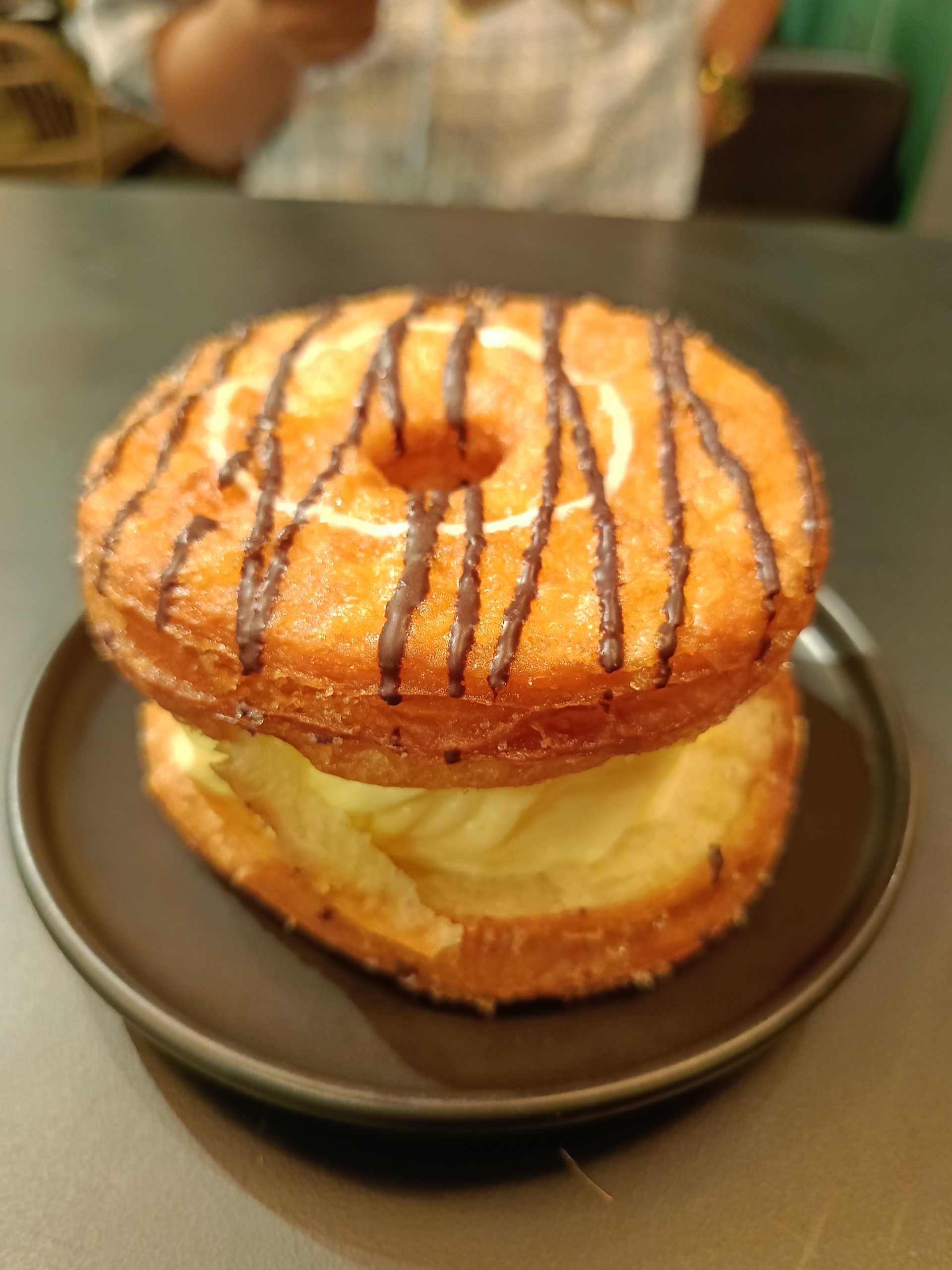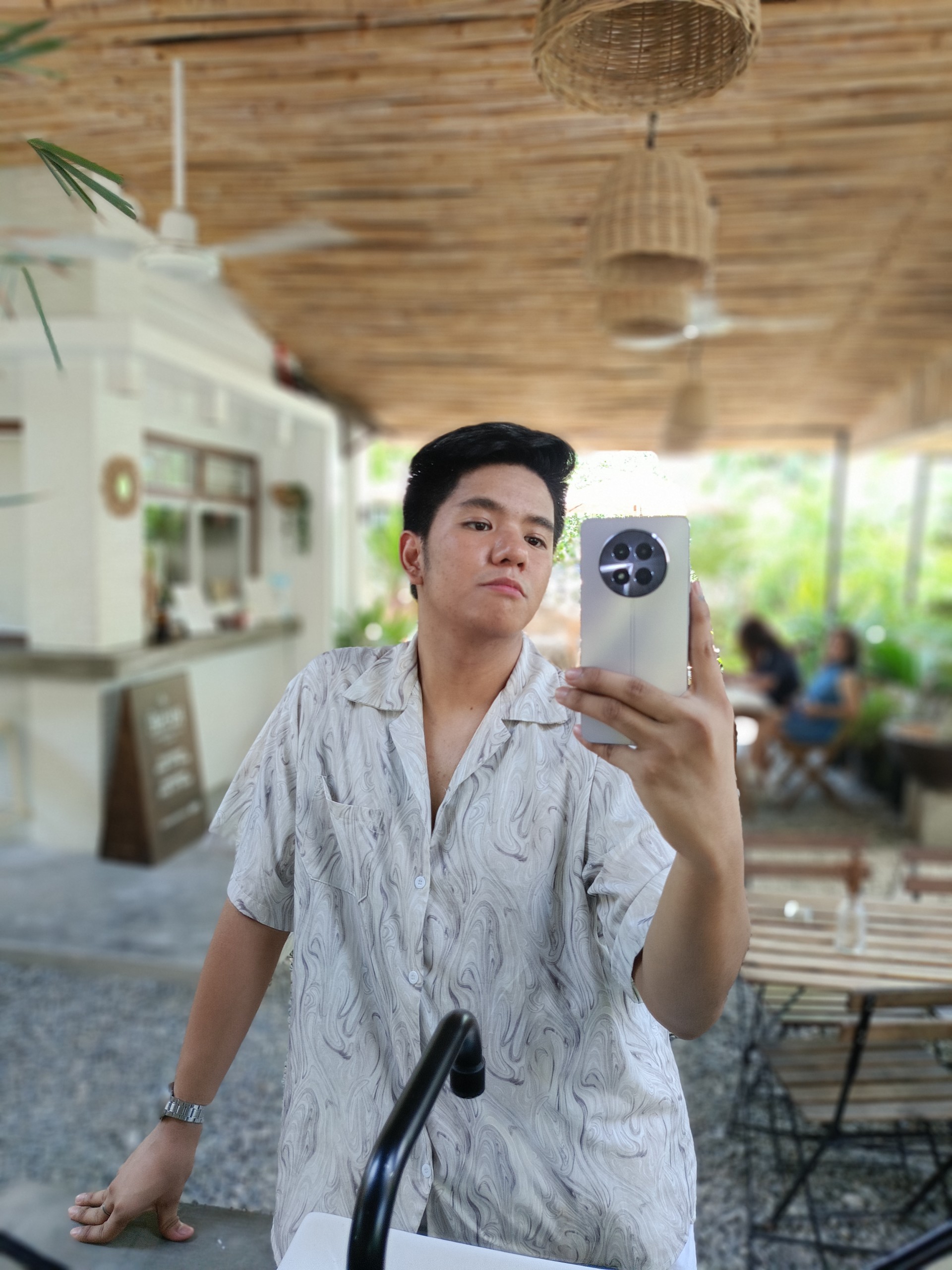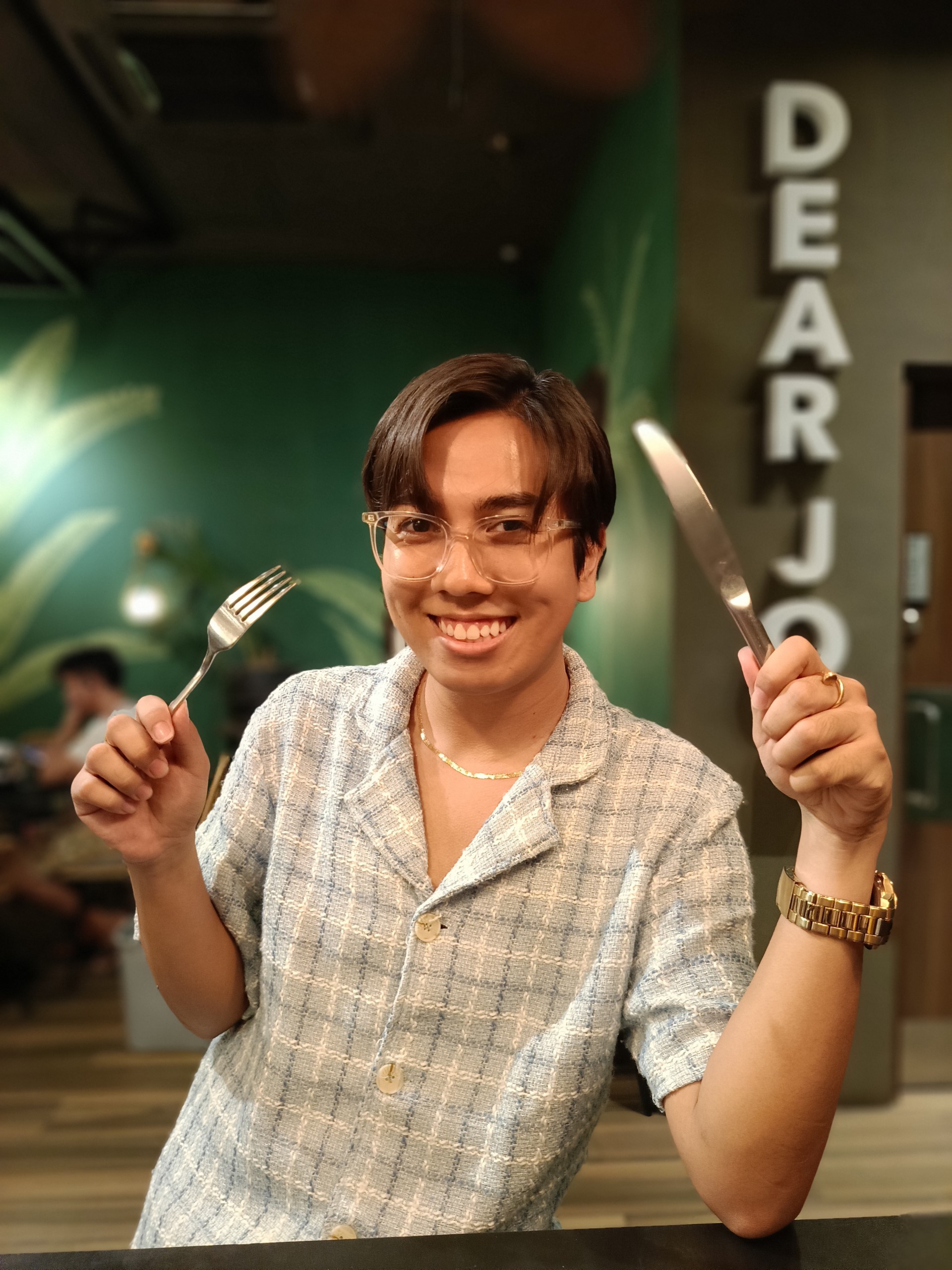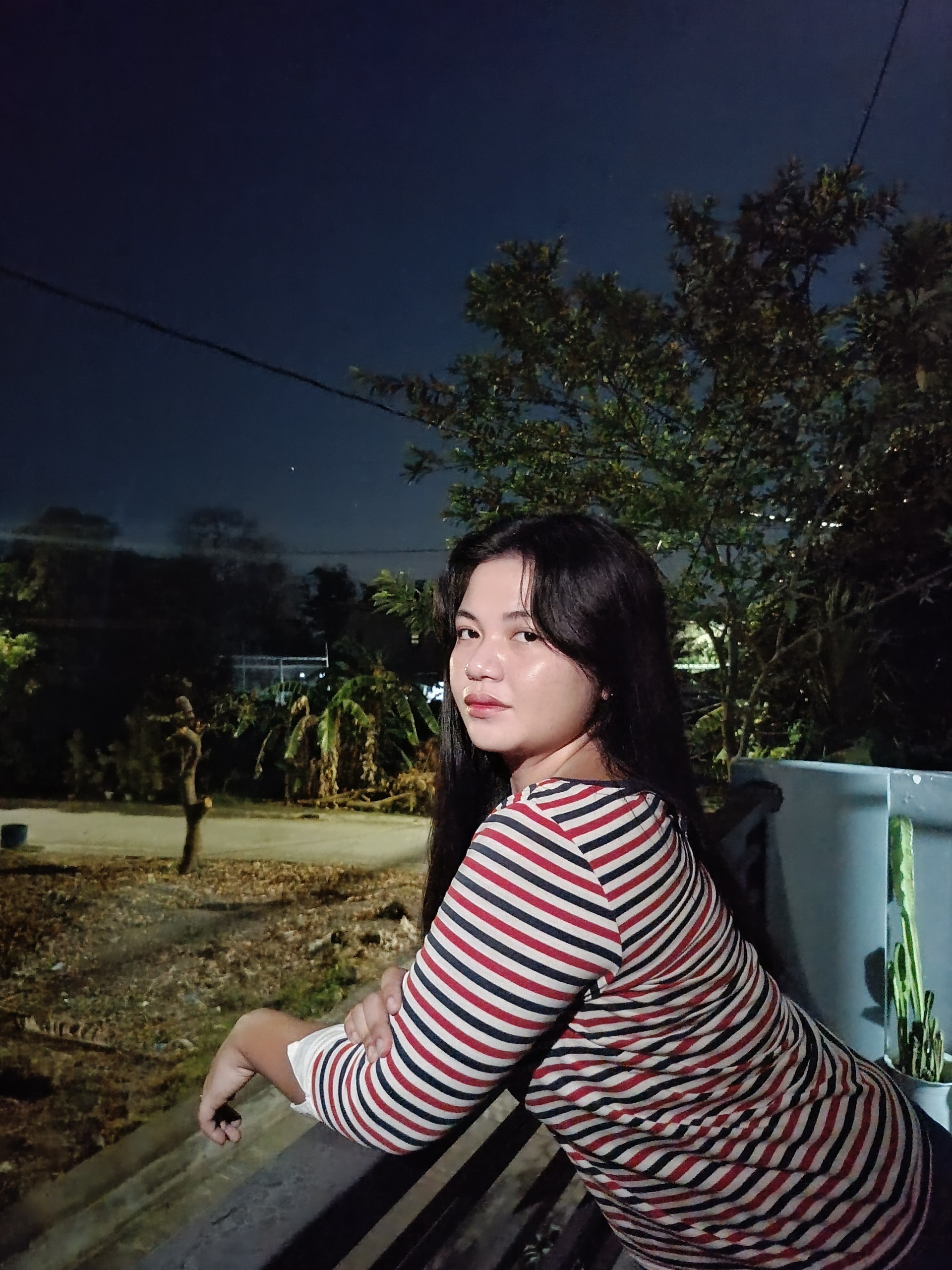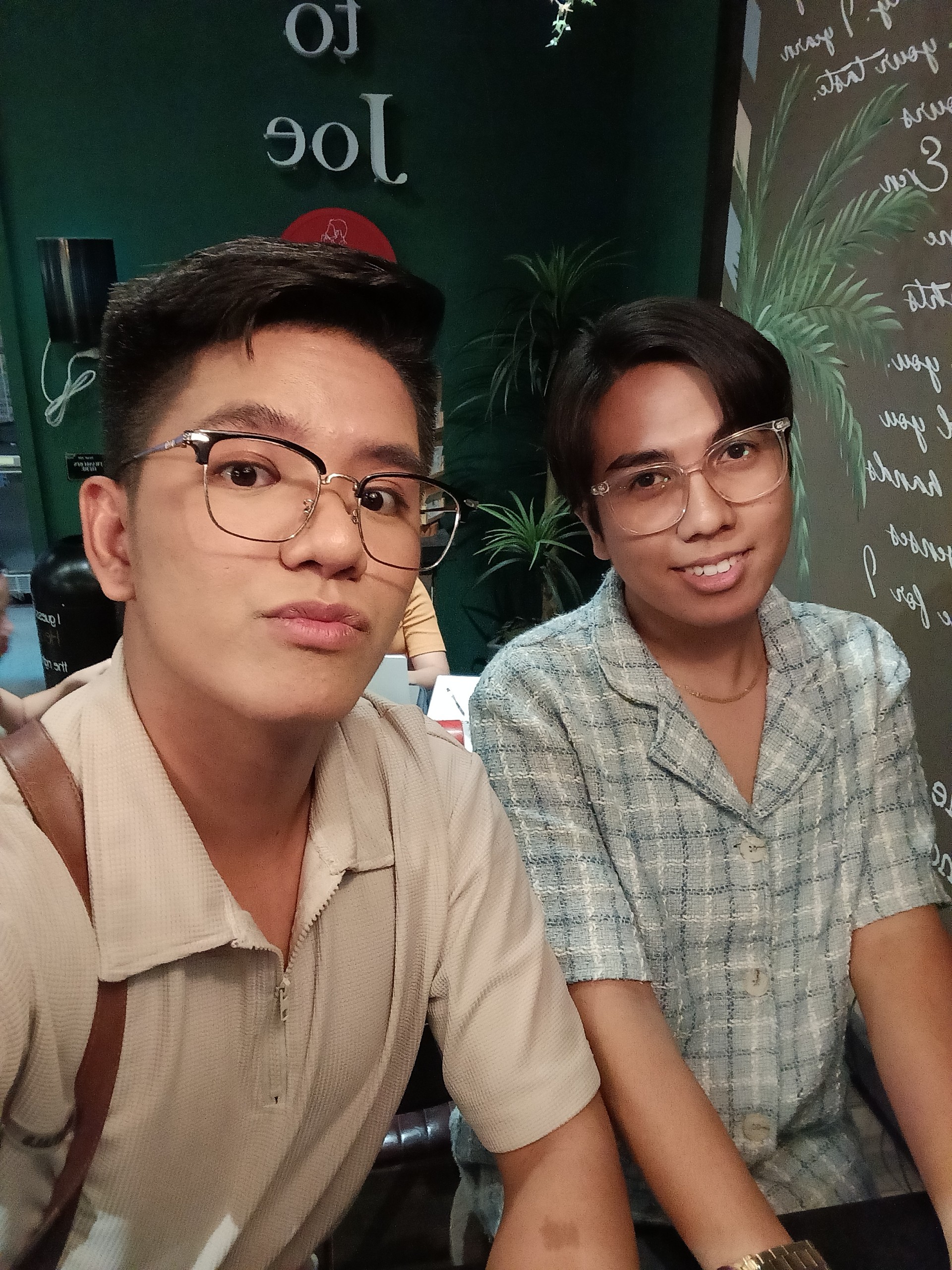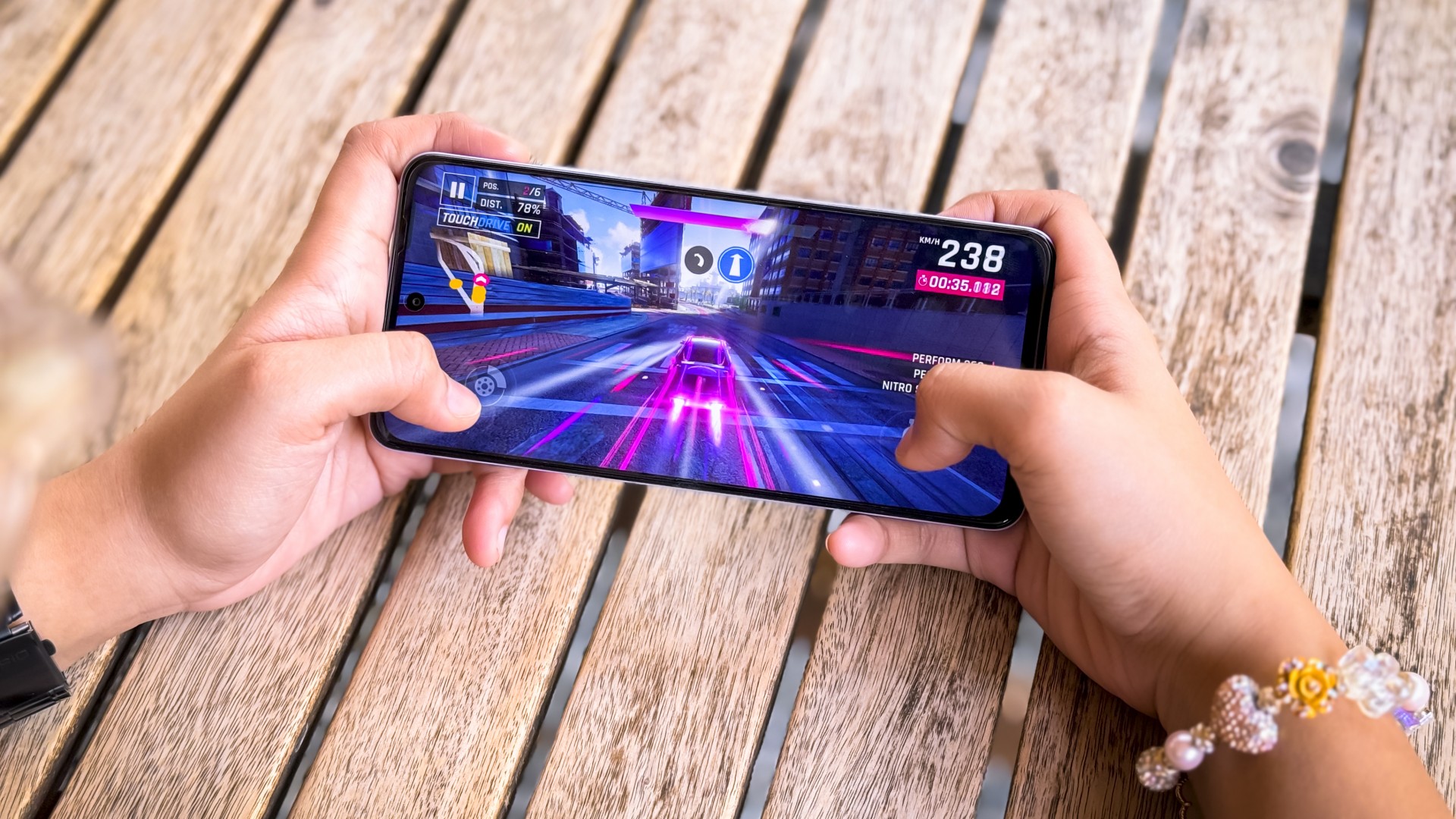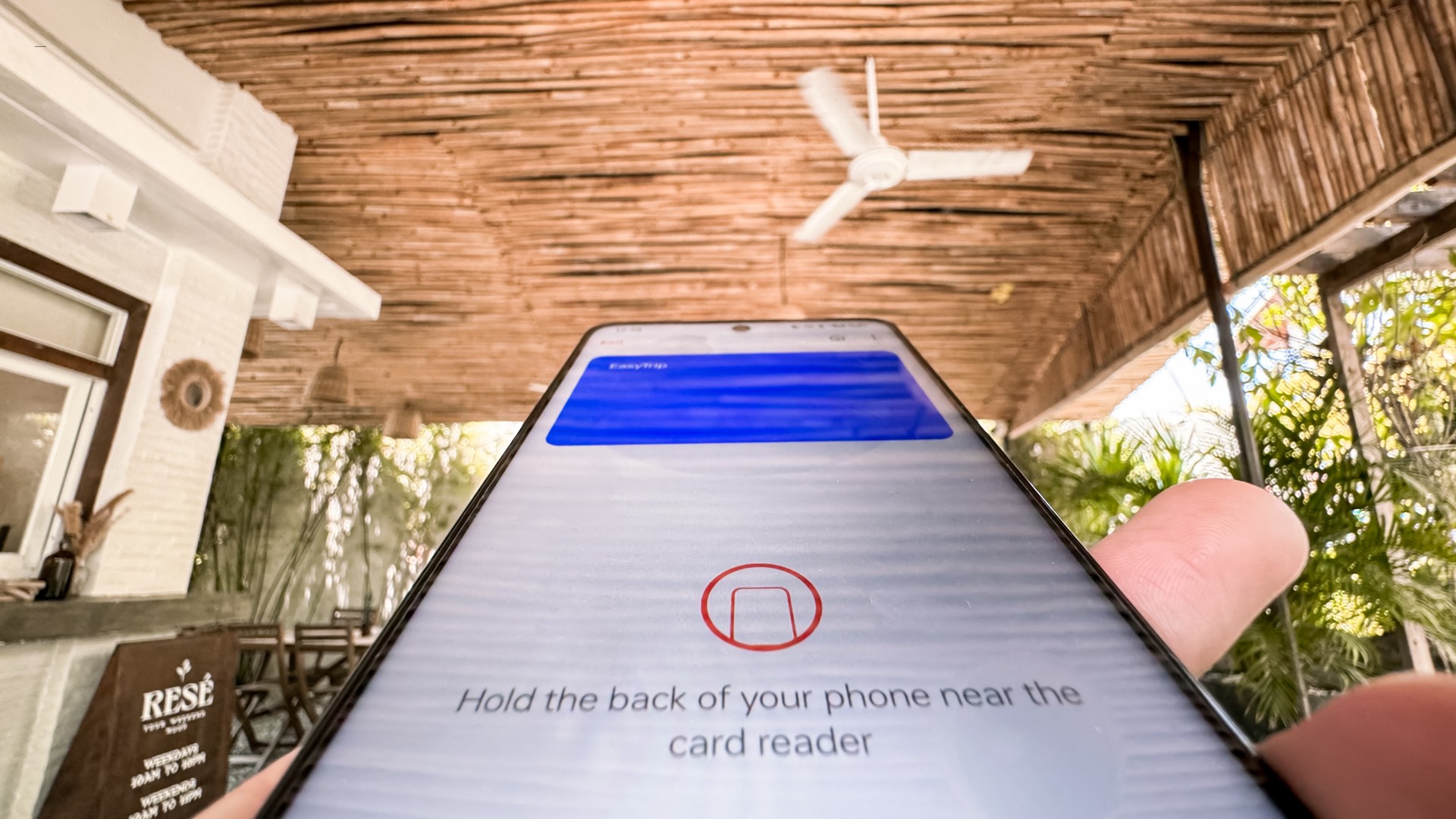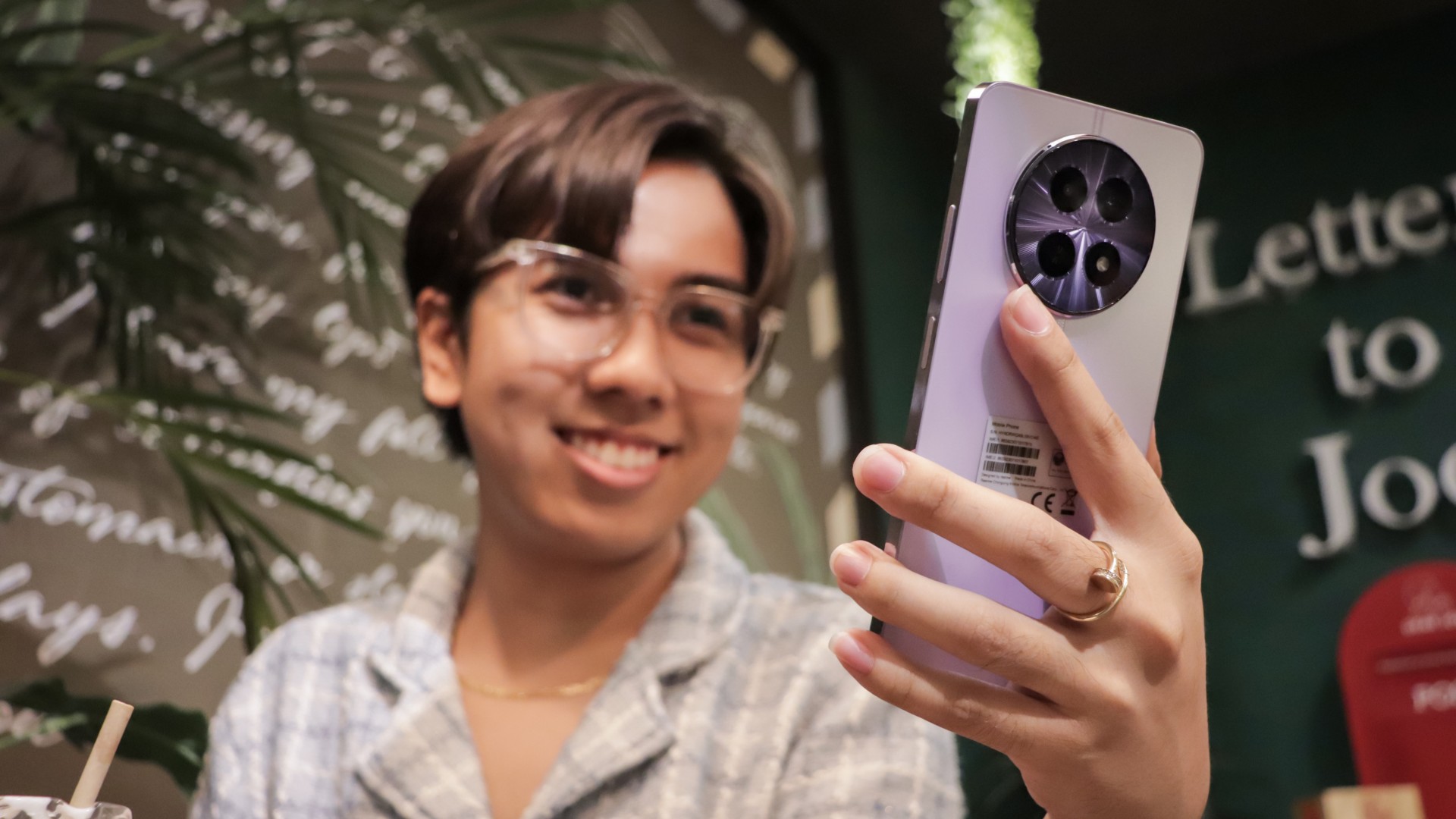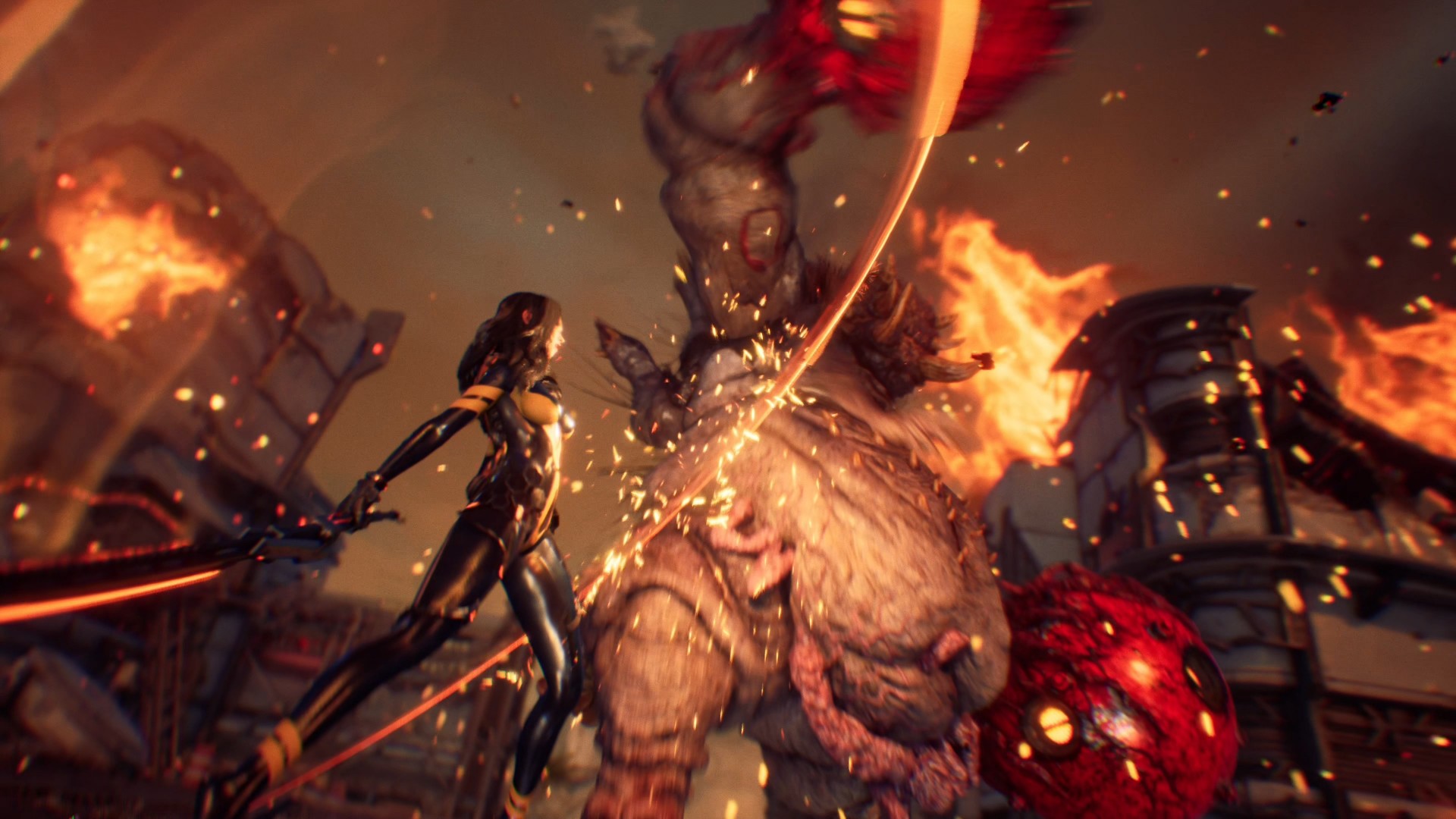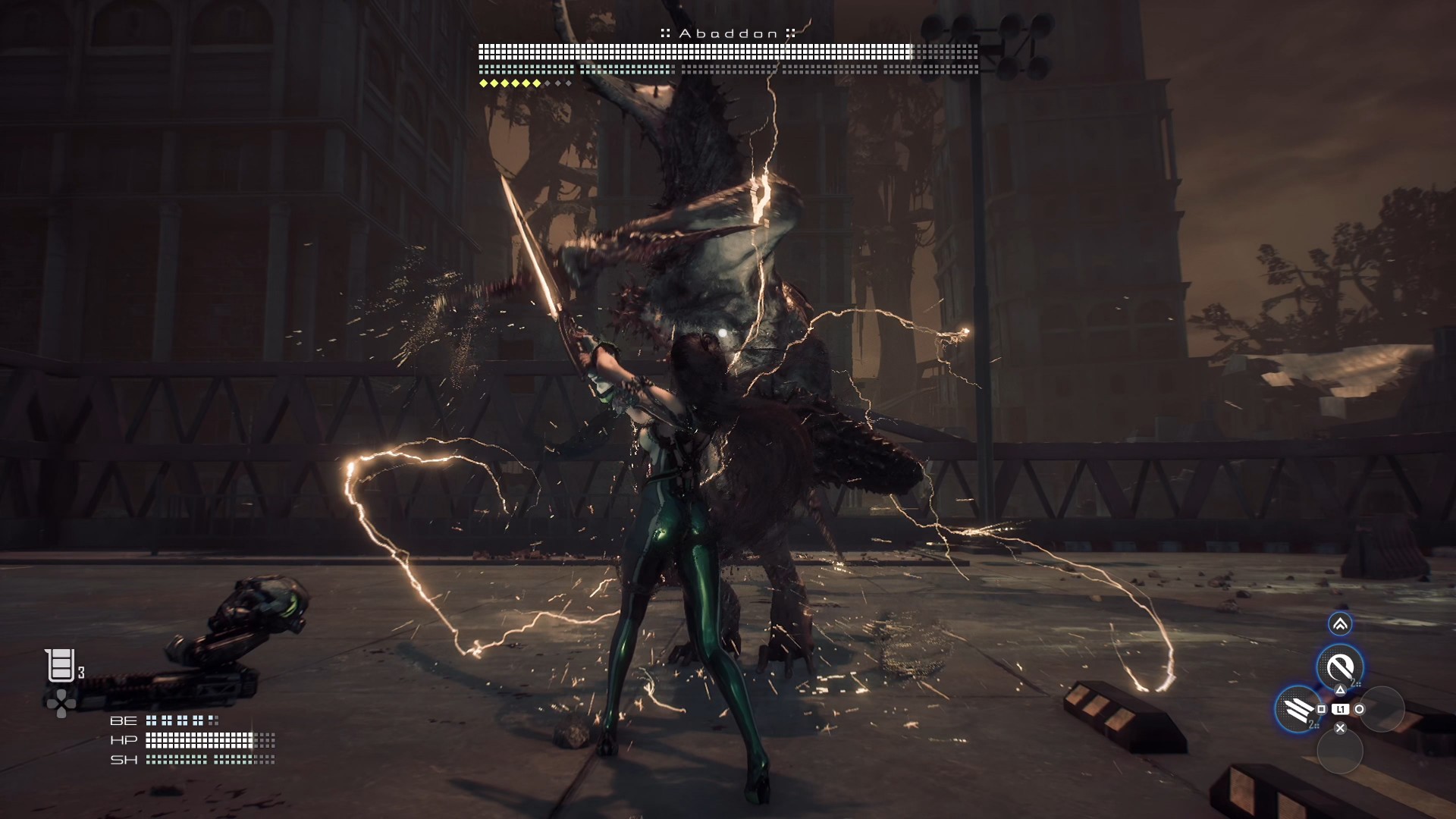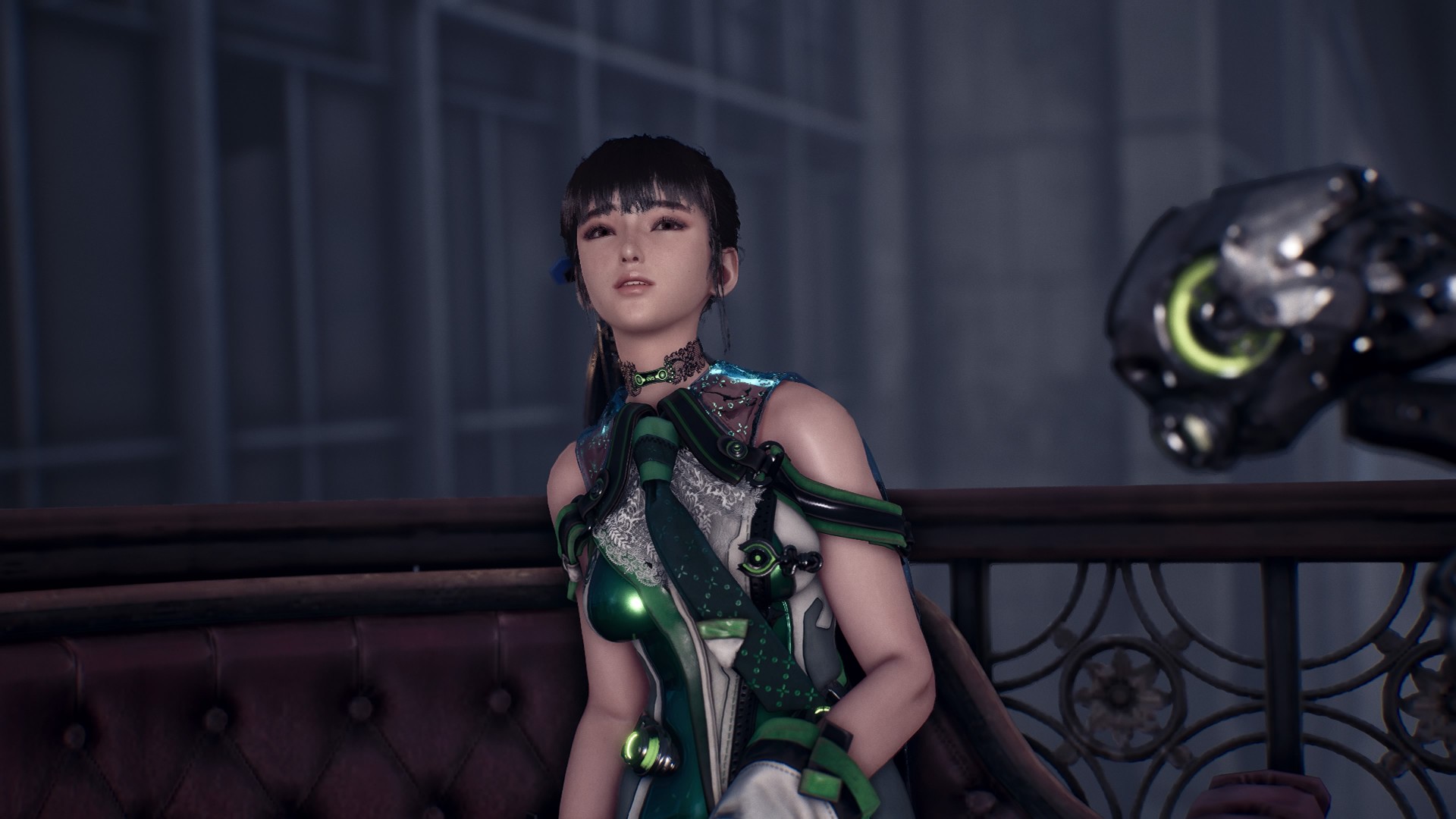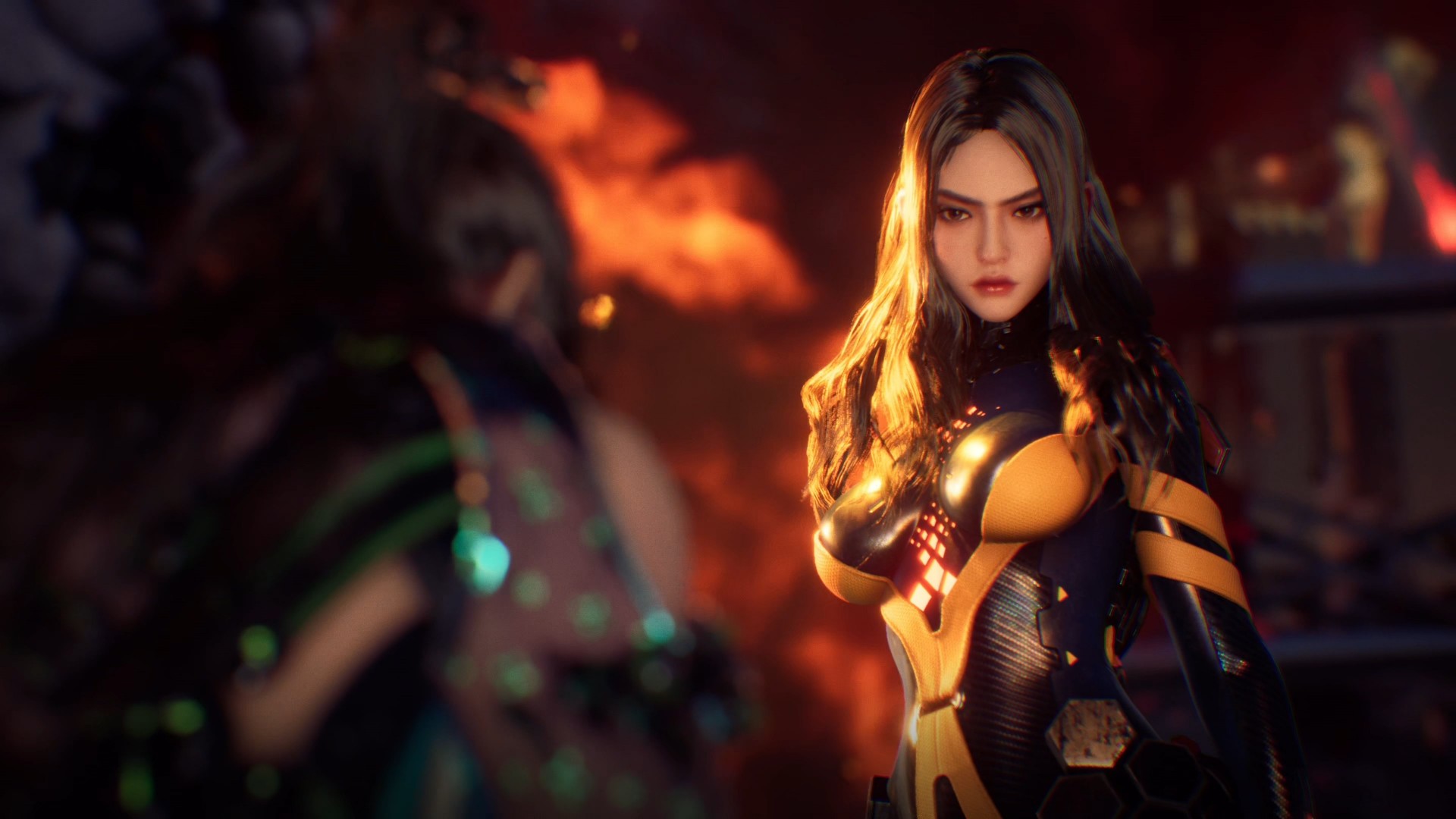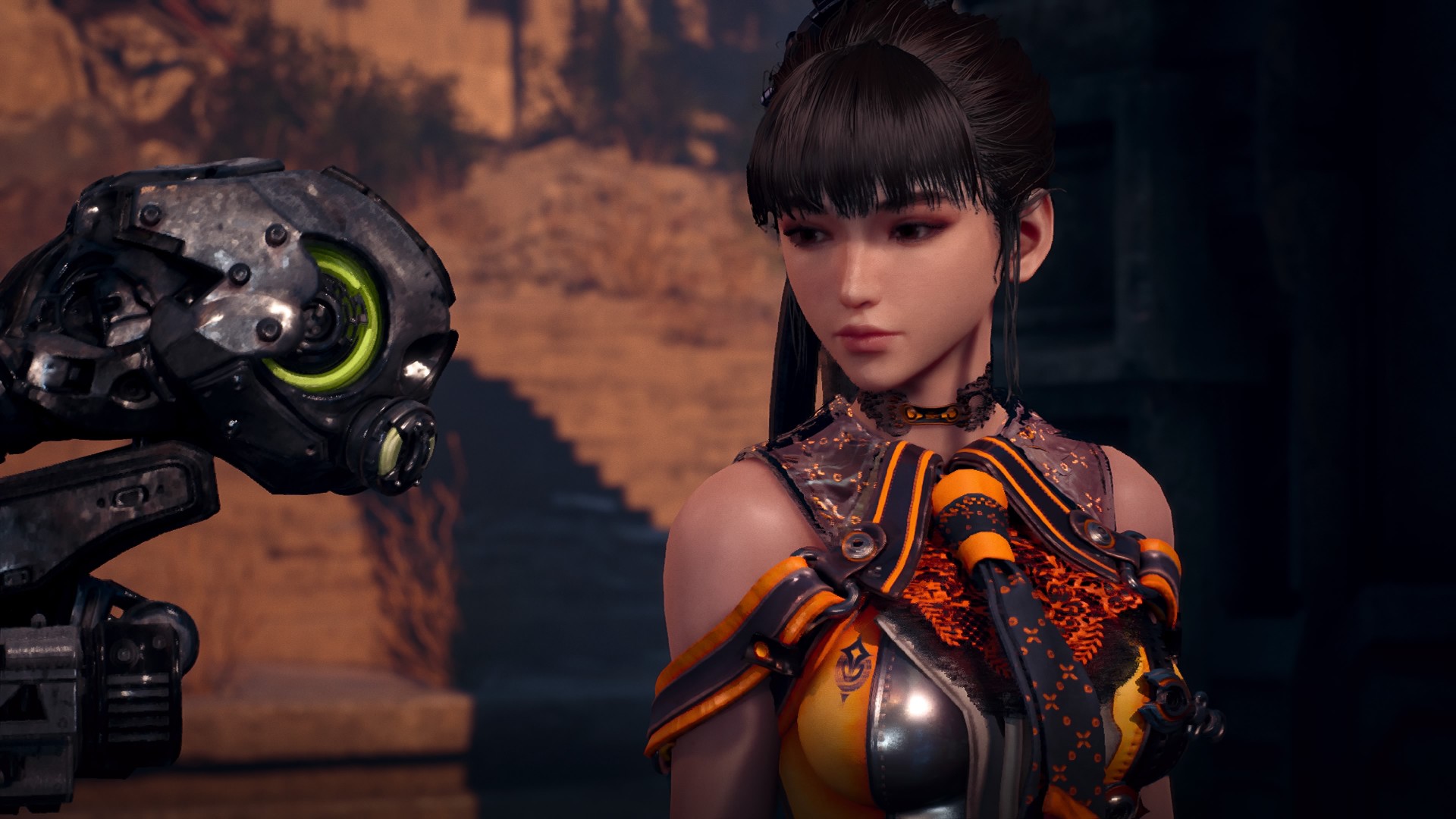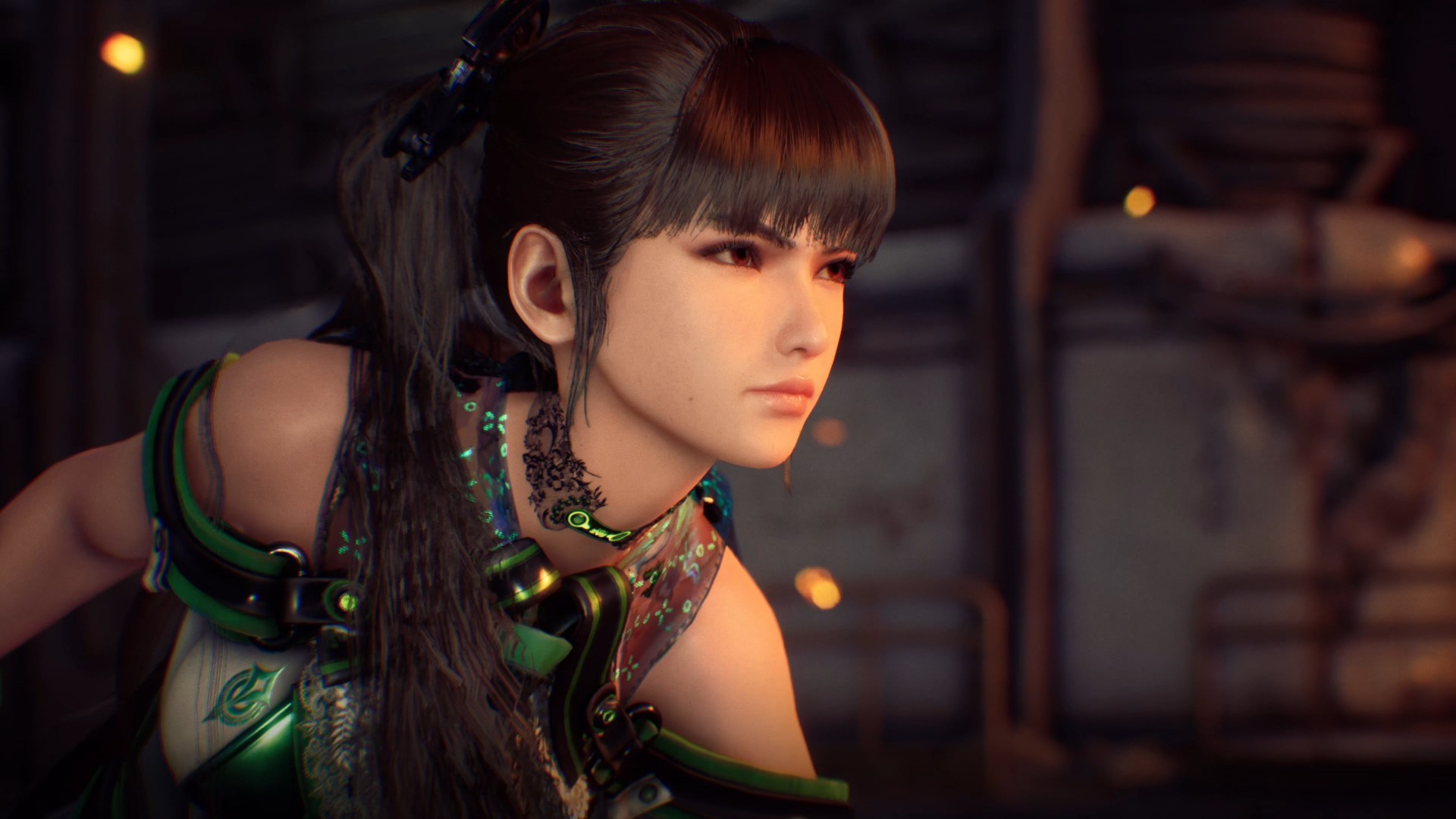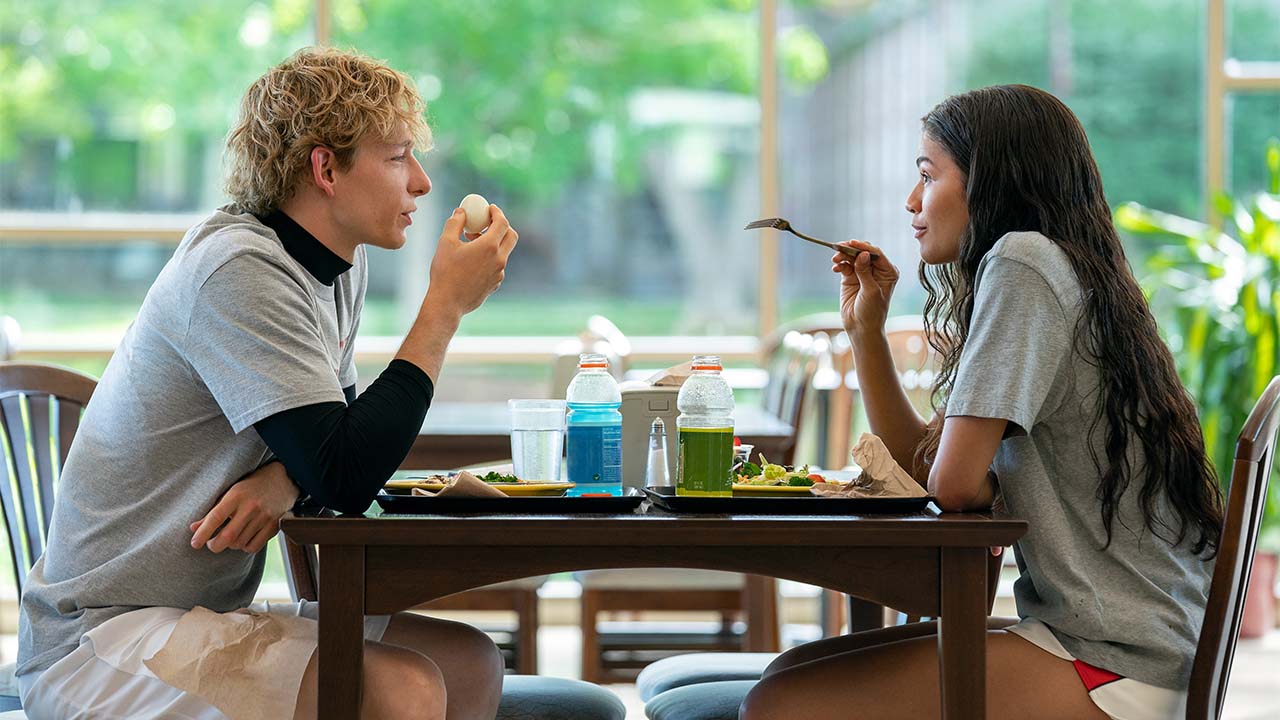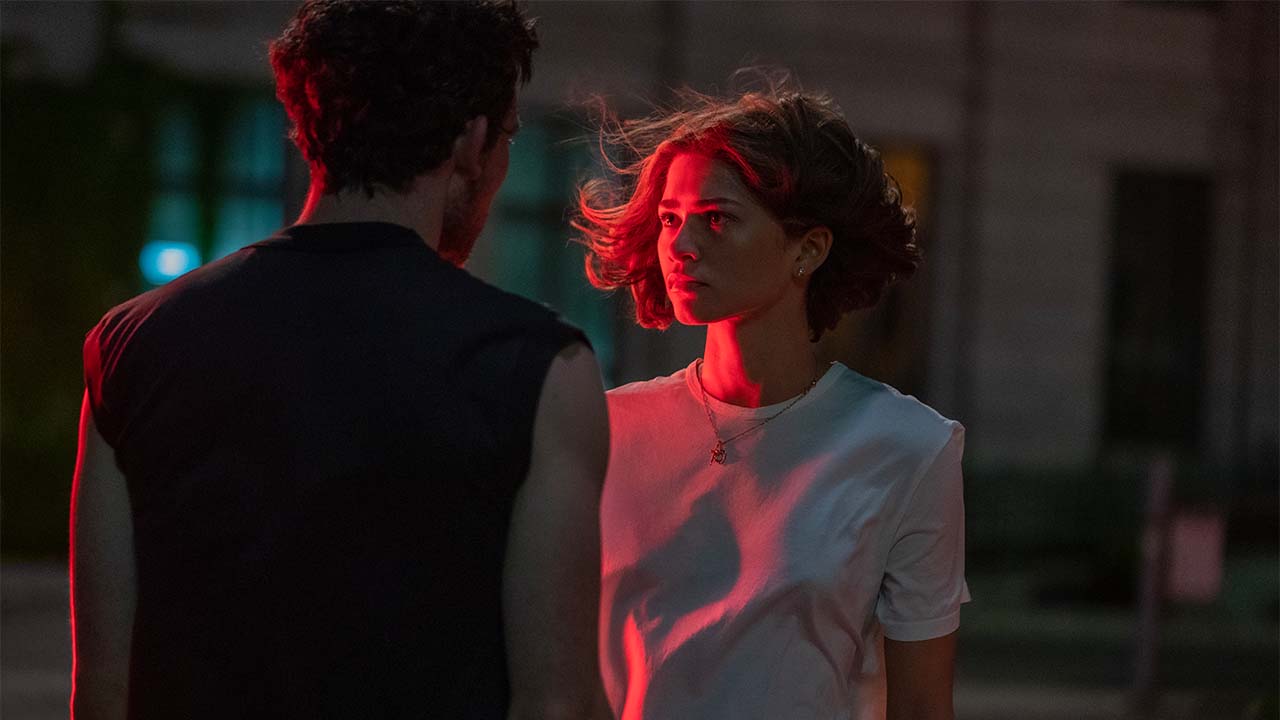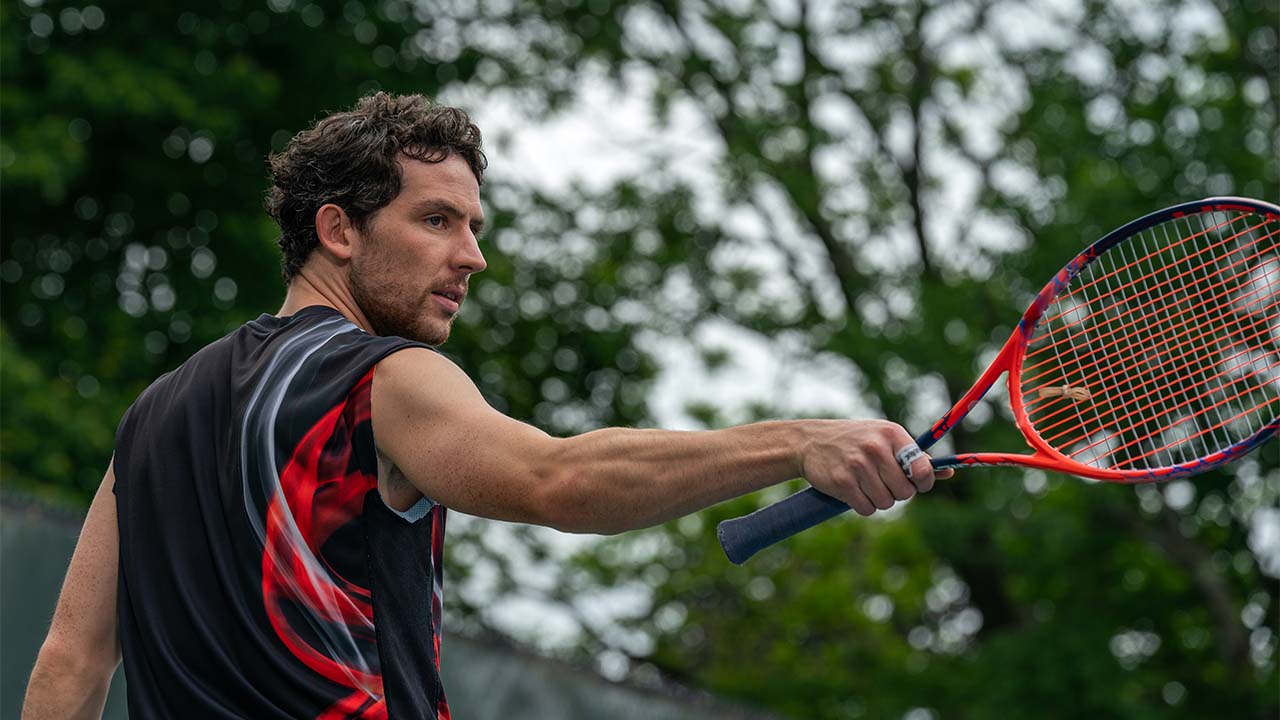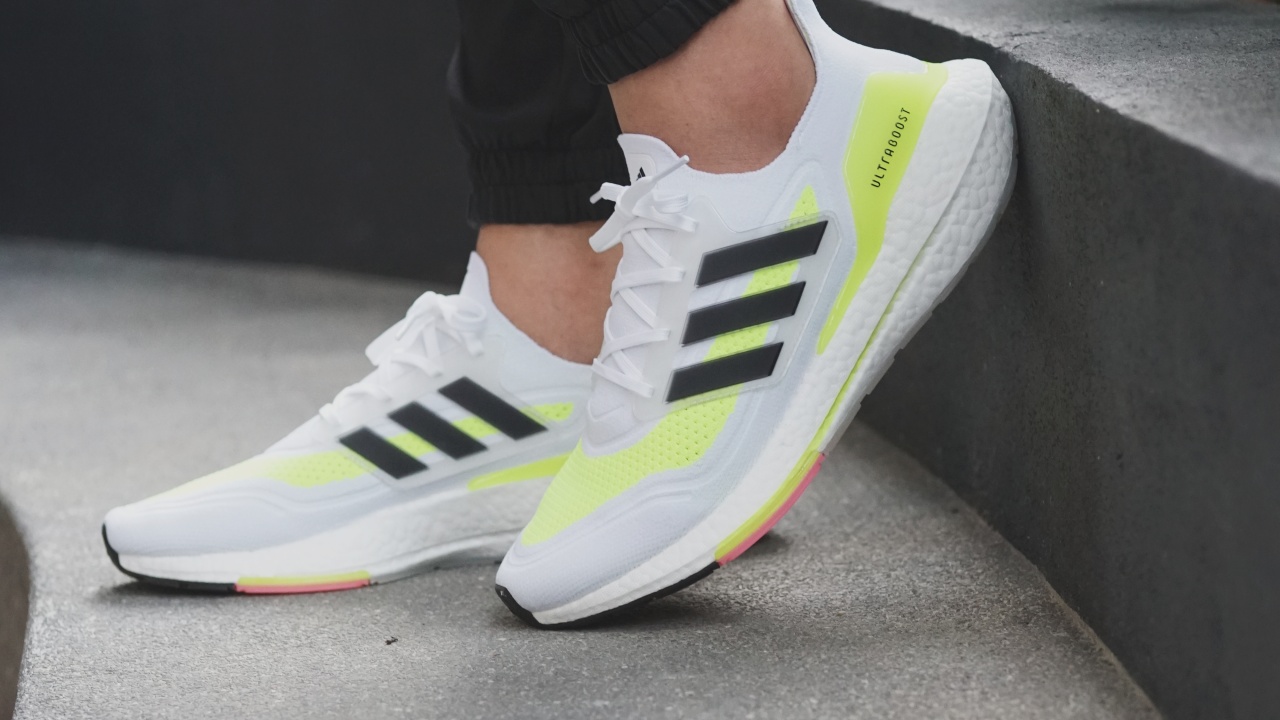
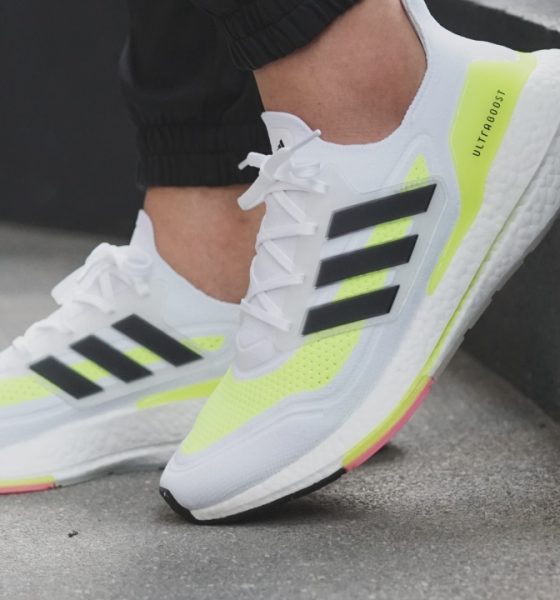
It’s a new year which means it’s time for a new UltraBoost and this one’s the best one yet. Today we’re checking out the adidas UltraBoost 21.
The UltraBoost 21 dropped globally this January 28th priced at US$ 180, with a full release of more colorways on February 4th.
Here in Malaysia, the UltraBoost 21 is now available in physical stores as well as our lockdown opens up slightly.
Brief Ultraboost history
Ever since they were announced in 2015, the Ultraboost has always been my go-to everyday sneaker because they’re just so comfortable to wear.
In the last two years adidas has been pumping out two different series of UltraBoost. On one side we have the older, UltraBoost 1.0 to 4.0 retro-ing and releasing in a few newer colorways under the “UltraBoost DNA” branding.
Initially, adidas just kept making small changes to the shoe every year from the UltraBoost 1.0 to the 4.0. They were mostly just changing the knit pattern of the upper which wasn’t really that big of a deal.
However, the DNA models are more for people like me who want the retro style of the OG UltraBoosts and want the comfort of the Boost midsole and Primeknit upper, but just as casual everyday wear sneakers.
But, on the other side we have the UltraBoost year models which are more performance oriented as running sneakers. This started in 2019 when adidas redesigned the Ultraboost to create the Ultraboost 19 which was a huge change in the line and created a lot of controversy with Ultraboost fans at that time.
A brand new change
This is because, initially, the Ultraboost was more of a casual lifestyle pair first, casual running sneaker second. But this changed with the UB19 when adidas decided to focus on making a more performance oriented running sneaker. It created a bit of drama amongt Ultraboost fans because the silhouette of the shoe really changed compared to previous UltraBoosts.
So we saw the Ultraboost 19 in 2019, the UltraBoost 20 last year, and this year, 2021, it’s the UltraBoost 21.
And boy, has adidas really evolved the silhouette here, with even more Boost than ever before and a LOT of major tech improvements as well, including a new Torsion system, also making use of more sustainably sourced materials in the upper.
With all of that, you have to admit, the UltraBoost21 looks like an aggressive running sneaker through and through.
We got the launch colorway to check out which is Cloud White / Core Black / Solar Yellow. It’s a sweet colorway with these hits of neon yellow on the upper and pink on the sole.
PrimeBlue
Coming to the shoe itself and starting with the upper, adidas is using a brand new knit material called PrimeBlue — a new version of adidas Primeknit which uses recycled materials like Parley Ocean Plastics in the yarn.
According to adidas, over 50 percent of the upper is made from textiles and over 75 percent of that textile is made up of the PrimeBlue yarn. adidas has also said that they didn’t use any new polyester materials on this shoe so this might just be the most sustainably made UltraBoost so far.
I love that adidas is focusing on using recycled materials more, we saw them work with Parley for years now but it was mostly for special limited edition sneakers or apparel. This is the first time we’re seeing adidas work with Parley on general release sneakers, so to see them stick to this sustainability philosophy for one of their most high-profile shoes, that’s awesome.
So every one of the UltraBoost 21s you buy will be using recycled plastics from the ocean. I love that adidas is doing this.
But of course, the next logical question would be — if the knit here is made out of plastics, how does it feel?
Honestly, it feels the same as standard primeknit. It’s just as soft and stretchy, and just as breathable. It is a little bit thicker but I think that’s by design. It’s your usual sock-like fit UltraBoost upper.
Some design updates
Coming to the toe-box area, you’ll see the new knit pattern that is similar to previous UltraBoosts except that the knit pattern and the ventilation holes marked by the neon yellow here kind of extends along the upper towards the mid-foot of the shoe.
You’ll also see these heat-pressed details that outline the ventilation holes. I assume these are just aesthetic but they might also add some structure to the upper.
Coming to the midfoot area, you’ll see the semi-translucent TPU midfoot cage that looks similar to the one on the OG Ultraboost. It now has a more aggressive, updated design with these three individual opaque black stripes to make the adidas three stripes symbol.
Instead of being sown into the midsole, this time around the midfoot cage has been shown into the lower part of the upper instead. I’m not too sure why adidas decided to do this, but I do think it looks really cool, and hopefully we won’t see it affect the structure of the upper after a year or two of wearing these.
On-feet, it doesn’t really feel any different on the sides vs older UltraBoosts.
Lacing
Moving upwards, weaving through the midfoot cage are these flat white laces. What I thought was interesting is that out of the box, the laces come laced up through all but the top row of eyelets. I’m not sure why adidas did that, it does feel more comfortable laced that way, but my OCD made me lace them up all the way when I wore them.
I think the top row is for people who want a more snug fit. If you want a more comfortable fit, stick with the way it’s laced out of the box.
Underneath the laces, there’s the PrimeBlue upper. It’s a one-piece booty construction so there’s no separate tongue here. And at the top of the tongue area, is this white patch with the adidas Performance branding debossed in black.
Cups your feet nicely
Coming to the inside of the shoe, you’ll see the exposed knit edge of the collar of the shoe which is surprisingly comfortable and doesn’t rub against the back of your ankle, even with low no-show socks.
This is mostly thanks to that padded neoprene portion at the back of the shoe. This extra padding around the heel feels great against your foot but also makes your foot feel more secure in the sneaker as it pushes it forward.
Apart from that your foot is up against the raw primeknit of the upper in a sock-like fit, which is in this neon yellow color here. Using a thicker primeknit material here means the shoe contains your foot a lot better. You won’t have any moments where your foot slips over the midsole.
At the bottom is a neon yellow insole, which says PrimeBlue in a hot pink color.
Ankle-friendly
Moving along, coming to the back of the shoe, the upper extends upwards to act as a pull-tab, just like we’ve seen on UltraBoosts previously. And just like previous versions, this is really comfortable and doesn’t rub against or irritate your achilles which is super appreciated.
Coming to the heel counter, this has also changed dramatically vs the UltraBoost 19 and 20. Instead of being just an outline, it’s a solid TPU element like on OG UltraBoosts, but it is much smaller and doesn’t spill over onto the Boost midsole.
On the lateral side you’ll see the new UltraBoost branding embossed in all-caps. Except for the “r” which is lowercase technically, which is definitely triggering my OCD.
On the medial side there’s no branding but you’ll see this “Primeknit” branding debossed into the upper material. I dont think I’ve ever seen adidas actually put their primeknit branding anywhere so that’s interesting.
More. Boost.
The UltraBoost 21 features a full-length Boost midsole, with this kind of speed-line running along the side of it. But, what’s new here is that there is 6 percent more Boost used than the UltraBoost 20. That already had 20 percent more Boost than the Retro UltraBoosts, so that’s a lot more Boost.
But if it’s just 6 percent more than the UltraBoost 20 from last year, why does it look so much more?
This is kind of a bit of visual trickery by adidas. With the UltraBoost 21, you’ll see that the back of the midsole curves up a lot more dramatically, which makes these easier to run in.
But when you slide your feet into this shoe, it actually sits deeper in the midsole, so that the heel of your foot is kind of surrounded by the Boost all around it. The Boost is not just under your foot but more like cupping your foot.
This is for just the heel area, while the midfoot and fore-foot of will still have Boost primarily underneath it.
So what does this mean? While there is more Boost used here than any UltraBoost before, don’t expect it to be dramatically more comfortable.
It’s definitely the most comfortable UltraBoost ever, especially because of the improvements to the upper and the shape of the midsole. The extra Boost does make a difference, but all I’m saying is don’t expect something a HUGE difference with these.
Just saying that because I know a lot of people are going to see this chunky midsole and the way the Boost is sculpted here, and they’re going to expect a LOT. UltraBoost is already one of the most comfortable sneakers out there and this takes it forward a bit, but don’t expect something crazy.
Boost is a must try
In case you haven’t tried out a sneaker with Boost yet, I encourage you to go on over to an adidas store and try one out as soon as possible.
The big deal here is the cushioning and energy return. You can feel it absorb the impact as you run, and then spring back to return some of that energy to help you take off.
It’s this reason why Boost, and the Ultraboost series in particular is so popular amongst runners and gym goers. It’s not only one of the most comfortable shoes around but it also really helps with casual running or just every day walking around.
Moving downwards, you still have a continental rubber outsole but it’s an entirely new design. The rubber panels are in the usual black, along with this translucent white, and pink panels made up of continental rubber, which add a bit of pop to the outsole.
Instead of the usual Torsion Bar, adidas is using a new Torsion System called adidas LEP. This new redesigned ‘Linear Energy Push’ torsion system has a stiffer, reinforced material in the midsole to provide runners with less flex in the forefoot and increased responsiveness. You’ll see it here in this wishbone shaped neon yellow element.
This basically means that this shoe should give you more of a spring to your step than before and propel you forward on your runs.
Apart from that, you can see the exposed Boost, with the Boost branding towards the heel area.
I gotta admit, adidas did something pretty drastic with changing up the outsole and I love what they did with it.
Sizing
Coming to sizing and fit, the UltraBoost 21 feels like it runs true to size. If you have regular narrow feet you can go true to size, but if you have wide feet like I do, you might want to go up half a size.
That being said, I’m a size UK 11 and adidas sent me a size UK11 and it fits great provided I dont lace up the top eyelets.
It’s always best to try the shoe on in a store first to make sure you get the best fit possible.
Performance
Coming to performance, I still think the UltraBoost is a great neutral running shoe. And the UltraBoost 21 is by far the most comfortable and responsive one yet.
Now, this is not really meant for elite runners, but if you’re looking for a comfortable pair of shoes to run in, or do any sort of workout that requires the cushioning and the responsiveness of the Boost midsole, this is a great shoe
The thing is, visually, it’s a huge difference in terms of design and materials but when you compare it to last year’s UltraBoost 20 in terms of performance, it’s just a marginal improvement in terms of cushioning and responsiveness.
That’s understandable because the UltraBoost 20 itself was also already a super comfortable, great neutral running shoe. And I’m not really sure what else adidas could have done to improve among it apart from the visual updates that the Ultraboost 21 brings.
There’s only so much Boost they can add before things get too bouncy and it feels like you’re talking on a trampoline, so I think adidas kept the balance well here with the 6 percent increase.
Is this your SneakerMatch?
At the end of the day, the UltraBoost 21 is an iterative but meaningful improvement to the Ultraboost performance line in comparison to the UB19 and 20 before it.
Visually, it’s a huge dramatic change while still looking like an UltraBoost, but also looking way more aggressive at the same time.
It is even more performance oriented, and even more comfortable at the same time. Honestly just go into an adidas store and try them on — I’m pretty sure you’ll walk away impressed. Maybe you’ll walk away wearing these.
If you have an UltraBoost 20, or a pair of UltraBoost 19 you might not see a huge difference when you try these on. But, if you have a much older pair of UltraBoosts or never tried on a pair of Boost shoes before, you will definitely appreciate how comfortable a shoe this is.
When it comes to casual running, or general exercise where you need to move a lot, I still think UltraBoost is a must-have shoe.
But even if you just want a comfortable pair of casual wear lifestyle shoes, these are just so darn comfortable that they’re perfect as all-day shoes as well.
And that has always been the beauty of the UltraBoost. It’s a shoe that adidas pitches as performance shoes for casual running and they work great for that. But, it’s also a shoe that’s just so comfortable that it just became a shoe people wore casually as well.
And the UltraBoost 21, checks all those boxes. Definitely recommended.
adidas Malaysia Tips from their adidas Running KL Captain
In case you pick up a pair or just need advice on getting started, here’s a few running tips by Awan, Captain of adidas Runners Kuala Lumpur.
For new runners
- Educate yourself on proper warm up & cool down steps through certified individuals. Warm ups are important to prepare your body and gradually increase the heart rate to propel yourself into the rhythm. Often mislooked by most runners, cool downs are equally important as it relaxes your muscles and lowers heart rate to return to your normal breathing rhythm.
- Start small by doing easy runs to build endurance over time and slowly increase your weekly mileage.
- Strengthen muscles and joints to improve race time and reduce risk for injuries by conducting simple body weights.
For avid runners
- Set a milestone for your training sessions, i.e setting a half year or full year objective and tracking your progress by monitoring running pace via device tracking systems.
- Understand one’s own running ability to improve performance by diligently doing running drills and weight lifting.
- Last but not least, follow a structured training plan to ensure a wholesome workout targeting each aspect of your body i.e nutrition, strength, recovery.
In case you’re a bit nervous about heading outside now, you can tune into the adidas Runner’s ARKL FB Page, where the adidas Runners Kuala Lumpur Core Team will be conducting Virtual Live Workouts to help improve your running journey.
Each month they have different workouts to cater to the demand of the ARKL members, so do keep an eye out on the announcement posting!

Reviews
realme 12 5G review: It was enchanting to meet you
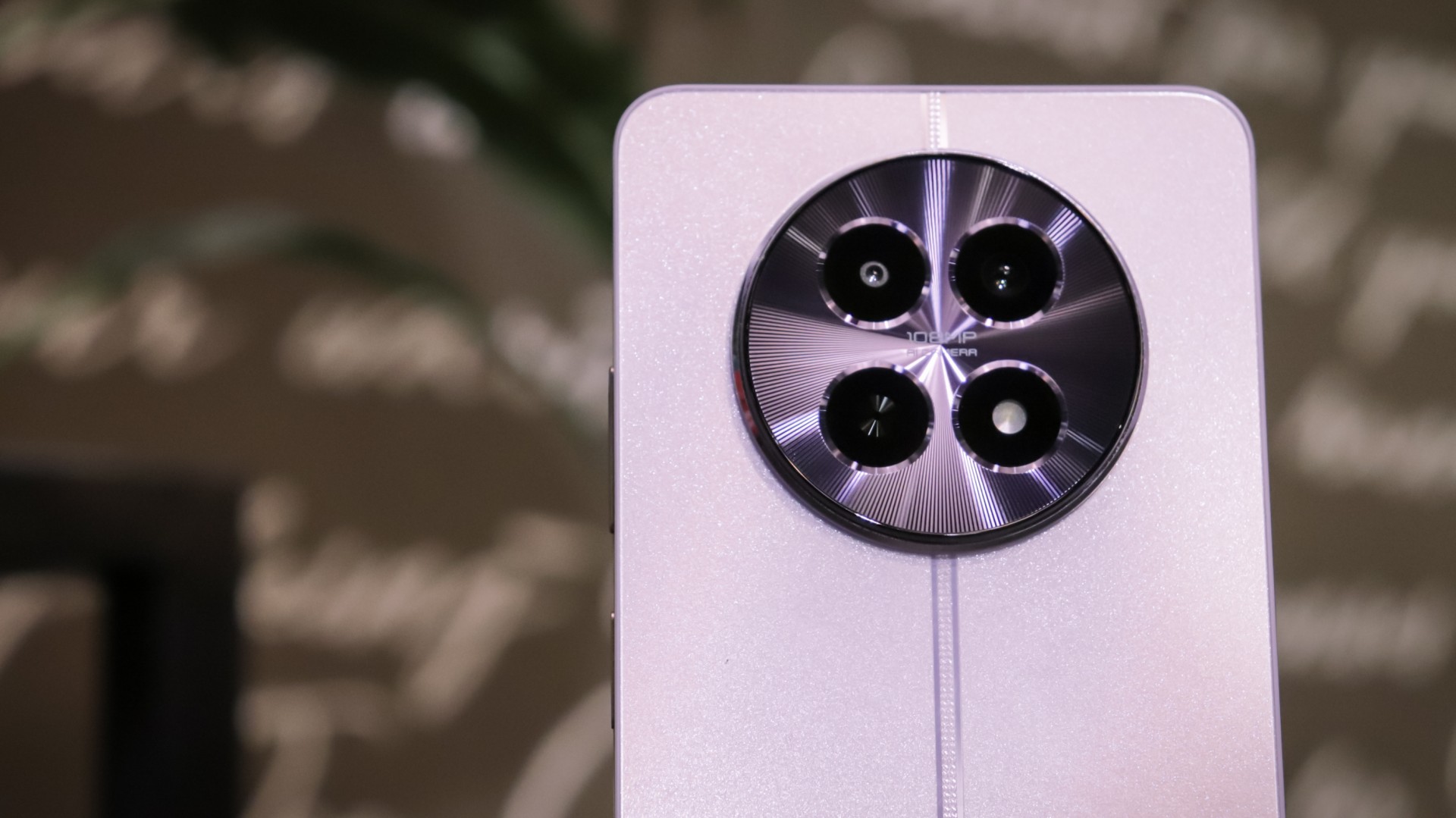
Just when we thought the Midnights’ era was over and the clock’s hands are now pointing to the tortured poets, a ‘Lavender Haze’ has arrived in the midrange smartphone department of the Philippines.
The realme 12 5G is here, and dang, does it look magical!
Just over a month after the official release of the realme 12 series, a new younger sibling just arrived, dead set on satisfying a niche that wants a competitive mobile device but has arguably smaller pockets.
You showed me colors you know I can’t see in anyone else
Right off the bat, the realme 12 5G is nothing short of stunning. The unit I have is in Twilight Purple, and believe me when I say that it’s a feast for the eyes. The other color variant of the phone is Woodland Green and its deep green hues will certainly win many hearts as well.
Despite not having the vegan leather of its older siblings, the realme 12 5G still has the ability to turn heads and serve the borahae aesthetic which a lot of people (count me in!) like.
The camera layout of the realme 12 5G is a visual language we’re familiar with all too well. The luxury watch design is something I will always be a fan of. I really admire smartphone brands that create their own visual identity rather than those who take the easy route of copying a certain bitten fruit brand.
However, I must say that the metal frame of the realme 12 5G is a certified fingerprint magnet. But if you’re like part of the, say, 99% of the population who use smartphone cases, the free clear case that comes straight out of the box is an easy fix. That’s another episode of android-smartphones’-generosity-saves-the-day!
It is also an important thing to note that while I really love the big camera design of the realme 12 5G, it can be bothersome when using the phone in landscape orientation. My fingers are naturally covering/touching the cameras. While it’s not that uncomfortable, you might have to wipe the lenses much more than you think you should.
The ports and buttons are pretty generic for the most part. The volume controls and power buttons are sitting on the right, the USB-C port, stereo speakers, and the 3.5mm headphone jack (yes, a headphone jack in 2024? I know, right!) are on the bottom. realme, however, stepped up the game through the power button because it does not only double as a fingerprint scanner, it also allows custom shortcuts by double-tapping or double-pressing. This feature is called the dynamic button.
A display made for ‘Islang Pantropiko’ (Tropical Island)
Rocking a 6.72 FHD+ LTPS LCD display that supports a screen refresh rate of up to 120Hz is another impressive feature the realme 12 5G boasts under its purple sleeves. With a screen-to-body ratio of 91.4% and a camera punch hole that effortlessly blends with the display, an immersive experience is guaranteed.
The image looks sharp, the colors are vivid, and scrolling on this device is a breeze. Although, I would have loved it more if the bezels are thinner or at least, proportionally distributed but again, that’s just me being a true-blooded Virgo.
But that’s not where the display admiration ends. The realme 12 5G also supports up to 800 nits of screen brightness. It can go further to 950 nits when the ‘Extra Brightness’ mode found on the display settings is toggled on.
This makes the display easily viewable even outdoors. That’s especially true during these ‘Islang Pantropiko’ summer weather when the sun’s scorching heat is not that forgiving to smartphones with dim displays.
The cameras: Do I love it? Do I hate it? I guess it’s up and down!
I would like to be very honest, I initially wanted to name this portion of the review as “The tortured camera department” but I feel like that would not be accurate of what I really feel towards the shooters of the realme 12 5G.
The smartphone sports three cameras in total. At the back lies the 108MP main camera that supports 3X zoom and a 2MP portrait camera. Meanwhile, the 8MP AI selfie camera resides on the front panel.
The quality of the photos produced by the realme 12 5G is a hit or miss for me. There are times when I really feel like it’s doing a great job but there are also times when I just feel like it could have done so much better. Take a look at these sample photos.
Photos taken in broad daylight look pretty good. The colors are vivid and the sharpness is on point. The only thing I can complain about is the dynamic range which, on some conditions, can look underwhelming or too processed for my liking.
Despite the not so accurate edge detection, portrait shots of the realme 12 5G can produce decent outputs. However, I highly suggest using the 1X option rather than the 3X one for a natural looking and overall better quality.
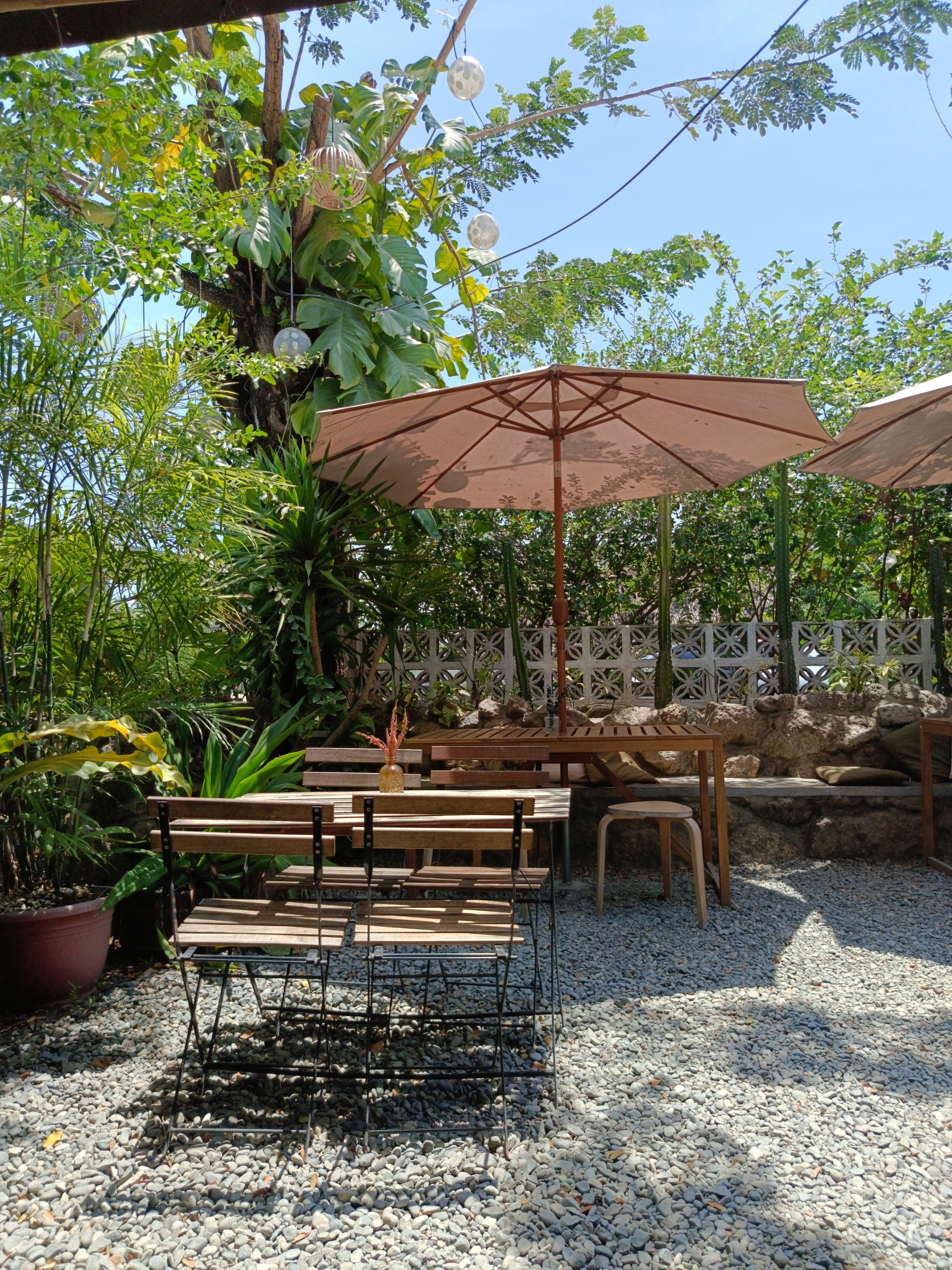
The High Res mode dedicated to capture 108MP photos doesn’t really pose that much of a difference. Sure, the photos may appear a tad but brighter but when looking closely, the highlights are overexposed.
Not just that, photos taken using the High Res mode generate massive files. I even took a single photo that is over 90MB in size.
The 3X zoom seems underperforming and inconsistent as well. The photos can look good and usable one time but frequently, it just appears oversharpened and heavily processed. The colors can be too saturated as well.
Low light photos taken using the realme 12 5G is also another yin and yang for me. When there is enough light, it can produce really impressive results but it can also struggle during the darker times when you feel like you really need it to perform as intended.
As for the selfies, I can say that I am quite happy with the phone’s performance. It may not be flagship level but it won’t let you down in your “me” moments.
The video is limited to 1080p at 30FPS for both the rear and front-facing cameras. I do believe that there’s some sort of EIS for the rear camera but the quality is nowhere near amazing.
So long, realme
One thing I really love about the midrange Android market is despite the competition price point, companies are really generous when it comes to battery and charging speeds. realme 12 5G is not an exception.
Packed with 5000mAh battery that supports 45W SUPERVOOC charging, quick battery drain and slow charging speed are a thing of the past. Being a heavy social media user, the realme 12 5G lasted me a whole day of use with a few more juice left before I reached out for its charger.
realme promises a 0-100% of charge in just 83 minutes. True to its claims, I was able to charge the phone from 20% to full in just 72 minutes. Impressive is an understatement.
You need to calm down, you’re being too loud
The realme 12 5G’s dual stereo speaker also has a feature called the Ultra Volume Mode that allows you to push up the volume level up to 200%. While it’s not necessarily bad, I find the audio quality to be a little bit harsh-edged and crunchy.
The bass is really lacking as well to the point that it kinda affects my music time with my current favorite bubble gum P-pop songs. The normal volume, albeit a little bit better, is not really an entirely different story. This just goes to show that just because it’s loud, doesn’t mean it’s a great speaker.
I think there’s been a glitch…or two?
Moving forward to speed talks, the realme 12 5G is powered by MediaTek Dimensity 6100+. Basic operations like browsing on social media is an easy feat for realme’s newest midrange device. Even multitasking seems smooth on this device, switching back and forth between apps hasn’t really been an issue on my end.
It does reload some apps, mostly games, when reopening them but I feel like that’s pretty normal for midrange android devices.
The gaming experience, however, is kind of underwhelming. When playing Roblox even on automatic graphics quality, I still experienced a considerably significant amount of frame drops. That became more frequent when I dialed up the graphics settings to maximum quality.
Surprisingly, I didn’t notice any frame drop when I played Asphalt 9 on default graphics settings and only a few occurred when I modified the settings to the highest graphics quality and 60FPS option.
As for the device’s temperature, the realme 12 5G may warm up during heavy use over an extended period, but it remains comfortable to hold. A brief rest allows the phone to cool down quickly.
You’ve got some tricks up your sleeves
Another thing that makes the realme 12 5G so interesting is the special features that come with it. Even though some of them can be viewed as plain gimmicks, some could be really useful. For example, the mini capsule 2.0 as realme likes to call it is an animation feature that is quite similar to Apple’s dynamic island, is nowhere near impressive and does not really improve the phone’s functions in any way.
On the other hand, the Snap Cards feature of the device which allows you to use your phone to store RFIDs by scanning the actual RFIDs could be a game changer for some people. Imagine you forgot your work RFID that records your attendance but hey, your phone is there to save the day! I believe things like these are what makes the realme 12 5G a fun device to have inside your pocket.
Other features worth mentioning include RAM expansion, dynamic button, and extra brightness.
Final Thoughts
To sum everything up, the realme 12 5G offers a wide spectrum of features a lot of people will love. With its unique aesthetic and color options, impressive sunlight display, and long-lasting battery life, it offers a holistic and fun experience for its users. . The device’s ability to deliver decent photos is also worth keeping in mind.
Its performance, although not perfect, still provides a satisfying user experience. To top all that off, it also has special features under its belt. With its competitive pricing, I will definitely recommend the realme 12 5G for people who love aesthetics and value functionality but do not want to break the bank.
Pricing and Availability
The realme 12 5G is the least expensive offering among the realme 12 series. Priced at Php 14,999, the handset comes with 8GB of RAM and 256GB of storage. You may purchase the device and get freebies on realme’s TikTok shop until April 30. The realme 12 5G will also be available on realme’s official Shopee and Lazada store on May 5 to 10.
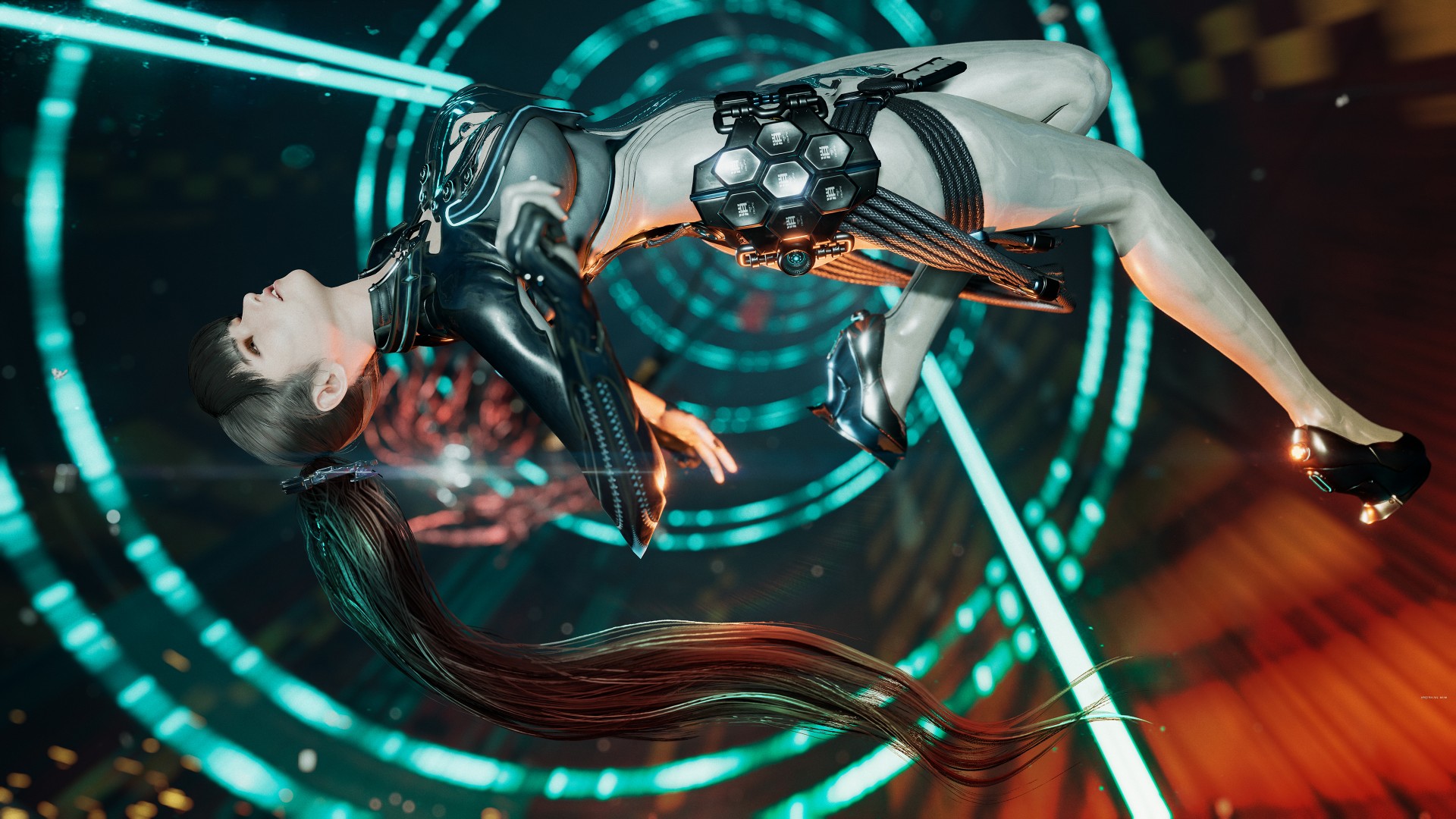
We didn’t have the best impression of Stellar Blade after spending time with the demo. Unlike certain players who poured a full game’s length of hours playing, our reception was lukewarm due to various reasons. But after finally having some time to focus on it, we now have a better understanding of its charm–and that goes beyond character design.
The game’s director has been ever-present in various gaming and tech news websites sharing nuggets about the game and reacting to the many comments made about the proportions of its female characters. That’s a rabbit hole we’re not diving into. Instead, we’re piggy-backing on one of his responses: Just pick up a controller and play it.
Steep combat learning curve
Stellar Blade’s combat didn’t click with us right away. But that’s because we approached it more like a hack-and-slash and not for the precise combo-parry sequence that it demands. A fellow reviewer aptly described our experience: It was a lot more “Soulslike” than we anticipated.
It took a while to get over that hurdle. For one, this writer isn’t particularly fond of Soulslikes. Skill issue. That’s tough considering a big part of this game’s charm is its combat. We can’t say that it fully clicked with us, but it certainly has its moments.
In combat, you have to pay attention not only to your enemy but also to how the protagonist, Eve, acts in different combo animations. If you’re not careful, you might find yourself getting hit during a lull in your combo.
You don’t have to memorize every single combo, although if you could, that’s certainly an advantage. We can compare the practice to memorizing combos of characters in Tekken, although at a milder rate.
Parrying is tricky but that’s not the only way to counter your enemies. One of the first skills you unlock is one that lets you get behind your enemy after they unleash a fatal attack (cued in with blue indicators) and hit back with your own counter. The animation looks so good that you’ll feel like an absolute badass every time you do it. It’s one of the moves that never got old throughout the entire playthrough.
As you progress through the game you’ll unlock ranged weapons that will expand your combat capabilities further. Hard combat enthusiasts should have a field day.
For more casual players, there’s no shame in switching to Story Mode which is what we did for about 70% of the playthrough. It’s easier, sure. But it can still present challenges especially during certain encounters.
The boss battles are TOUGH
We’re going to chalk this up again to skill, and perhaps patience, issue. But Stellar Blade’s boss battles are incredibly tough. Not to the point that you’ll want to throw your DualSense controller though.
What can make it frustrating is that the patterns of the enemies, especially the earlier bosses and mini-bosses, are easy to track. But they’re not exactly easy to deal with.
Parrying becomes an even more critical skill in these encounters. It’s one of the reasons why we opted to slide down the difficulty. Otherwise, this writer will never finish the game.
Pulling from different games, worlds
We have seen many compare Stellar Blade to the Nier games. Other than the setting, another big contributing factor in that comparison is the soundtrack.
During roaming, exploring, and combat, the music will change from time to time. However, they stick to this theme that’s a little eerie. It’s hard for us to describe but it’s almost like a crescendo that never quite swells up. It matches the game’s world perfectly — it feels hollow and devoid of life but still has a sliver of hope.
Combat isn’t the only thing you’re doing here. While it’s mostly linear at first, Stellar Blade offers a healthy mix of exploration, platforming, and puzzle-solving.
The puzzles don’t get in the way of the pacing. They’re quite engaging and offer a decent level of challenge. Roaming and exploration will yield you loot to improve your gear and stats. Occasionally, a Naytiba (the game’s primary foils) will surprise you for a good jumpscare moment.
Stellar Blade doesn’t reinvent anything nor does it offer anything particularly new or groundbreaking. But everything it borrowed from other games is retrofitted to match the game’s vibe and overall aesthetic. The result is a polished experience of familiar gaming mechanics.
Eve
Another aspect that did not grab us as much during the demo is the main character, Eve. The first hour of the game doesn’t do much to endear the player to her.
That slowly changes as you play through the game. Through a mix of cut scenes and world-building collectibles, you get a better sense of what Eve is, her mission, and ultimately her purpose.
If you’re familiar with the animé Violet Evergarden, Eve and that show’s protagonist share a similar character arc. They initially seem one note and bland, but the layers are peeled back as you learn more about them and how they relate to the world and the people around them.
Is she hot? Hell yeah. But as cliché as it is, she’s certainly more than what meets the eye.
Should you play Stellar Blade?
Unlike the PlayStation 5 exclusive that immediately preceded it, Stellar Blade has plenty in common with past PS5 exclusives — visually captivating, cinematic experiences, with satisfying gameplay.
Its level of challenge is closer to Sekiro and Bloodborne but it’s also not quite as difficult. In the same category but certainly not in the same stratosphere.
It also has an alluring charm that goes beyond its aesthetics. As mentioned earlier, nothing about it is particularly new or groundbreaking. But it’s polished and cohesive. There’s something about the overall feel of the game that draws you in and makes you want to see it through.
Stellar Blade is a Day 1 purchase if you’re up for the challenge. And if you consider the game director’s goal of having a high quality AAA console game from South Korea which is dominated by PC and mobile gaming, we say they did just that. Now, it’s just up to us to pick-up the controller and play.
Reviews
Challengers review: A thrilling drama wrapped as a tennis anime
Catch it in Ayala Cinemas starting April 24th

Tennis is more than just hitting a ball really hard with a racquet. There are player tics, serving techniques, mind games, and, of course, drama off the court. Challengers, starring Zendaya, takes the entire game and turns it into a dramatic thriller worthy of Wimbledon.
In Challengers, Art Donaldson (Mike Faist) is an aging tennis superstar desperate for one more big win. His wife Tashi (Zendaya), a retired tennis star in her own right, does everything to coach Art back to his winning ways. Opposite them is Patrick Zweig, a former-friend-turned-rival, facing Art in the final match of a Challenger.
As premises go, Challengers seemingly presents a straightforward sports drama. It’s a simple one-versus-one, after all. However, the film’s 2-hour-plus runtime hides a more complex drama.
The second-strangest ménage à trois in film
The film starts in media res: the first set of the final match. It doesn’t tell you who Art, Patrick, or Tashi is. It’s just a friendly match. There are, however, questions abound. Why is Zendaya’s character looking intently at one of the players? Why is the other player concerned that she is looking at his rival and not him? Who are these people?
Before you can ponder each question, the film takes you through multiple time jumps. The earliest (and longest) of which — thirteen years ago — sets up the story. Art and Patrick are two best friends and tennis prodigies teaming up to decimate the competition at their school. Everything changes when the two friends catch a match of another young prodigy, Tashi Duncan.
Both friends engage in a friendly competition to see who can successfully flirt with her. The sequence ends in the second-strangest ménage à trois committed to film. (To see the strangest one, catch Alfonso Cuarón’s Y tu mamá también, a clear inspiration to Challengers.)
The time jumps don’t end there. The story quickly volleys back and forth between different times in the past and the present, including years, months, weeks, and even hours ago. Sometimes, the skips result in the cinematic equivalent of whiplash from watching a tennis ball rapidly travel from left to right. But if you just follow the ball, it ends with one of the most thrilling, edge-of-your-seat dramas this year.
Blink and you’ll miss it
Despite how creative the time skips already are, Challengers shines with its subtler elements: the tiny movements, the tics that seasoned sports watchers can catch. Much like how a play-by-play commentator directs a viewer’s attention to what makes a player tick, the film subtly shows you elements of an even deeper story that it may or may not expound on.
Early on, Challengers shows a blink-and-you’ll-miss-it scene featuring Tashi’s knees. If you weren’t paying attention, you might have missed a scar from a surgical incision, hinting at why Tashi retired from the sport.
In that particular example, the film does dwell on it a bit in a past flashback. However, there are plot points that the film just drops on audiences with nary an explanation. For example, you might see telltale injection marks up Patrick’s wrist or a short-but-telling rehab session for Art. The film drops these nuggets only for the viewer to ponder. They’re short, but they paint a compelling picture to complement the action on the court.
It’s a tennis anime
In essence, Challengers is just about a tennis match between two emboldened competitors. However, like an anime battle that takes ten episodes to resolve, the film understands that the sport is not just about results: it’s about all the tiny movements, strategies, and dramas. If Wimbledon was this thrilling all the time, I should probably tune in a lot more.
Challengers shows exclusively in Ayala Cinemas starting April 24th.
-

 Features2 weeks ago
Features2 weeks agoFortify your home office or business setup with these devices
-

 Reviews1 week ago
Reviews1 week agorealme 12+ 5G review: One month later
-

 Gaming1 week ago
Gaming1 week agoNew PUMA collection lets you wear PlayStation’s iconic symbols
-

 Accessories1 week ago
Accessories1 week agoMarshall Major V: Reasons Why I Love It
-

 Gaming1 week ago
Gaming1 week agoMore PlayStation 5 Pro specs have been leaked
-
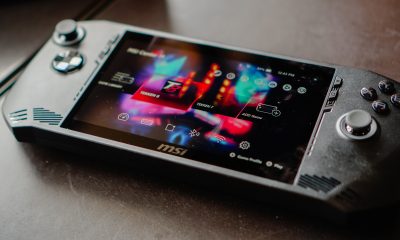
 Features1 week ago
Features1 week agoWhy choose the MSI Claw?
-

 Gaming2 weeks ago
Gaming2 weeks agoUbisoft is taking away copies of The Crew from your library
-
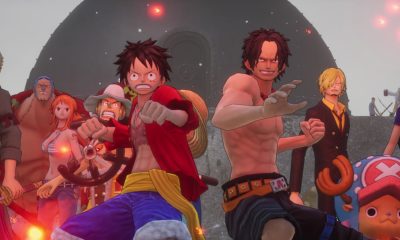
 Gaming1 week ago
Gaming1 week agoOne Piece Odyssey coming to Nintendo Switch




